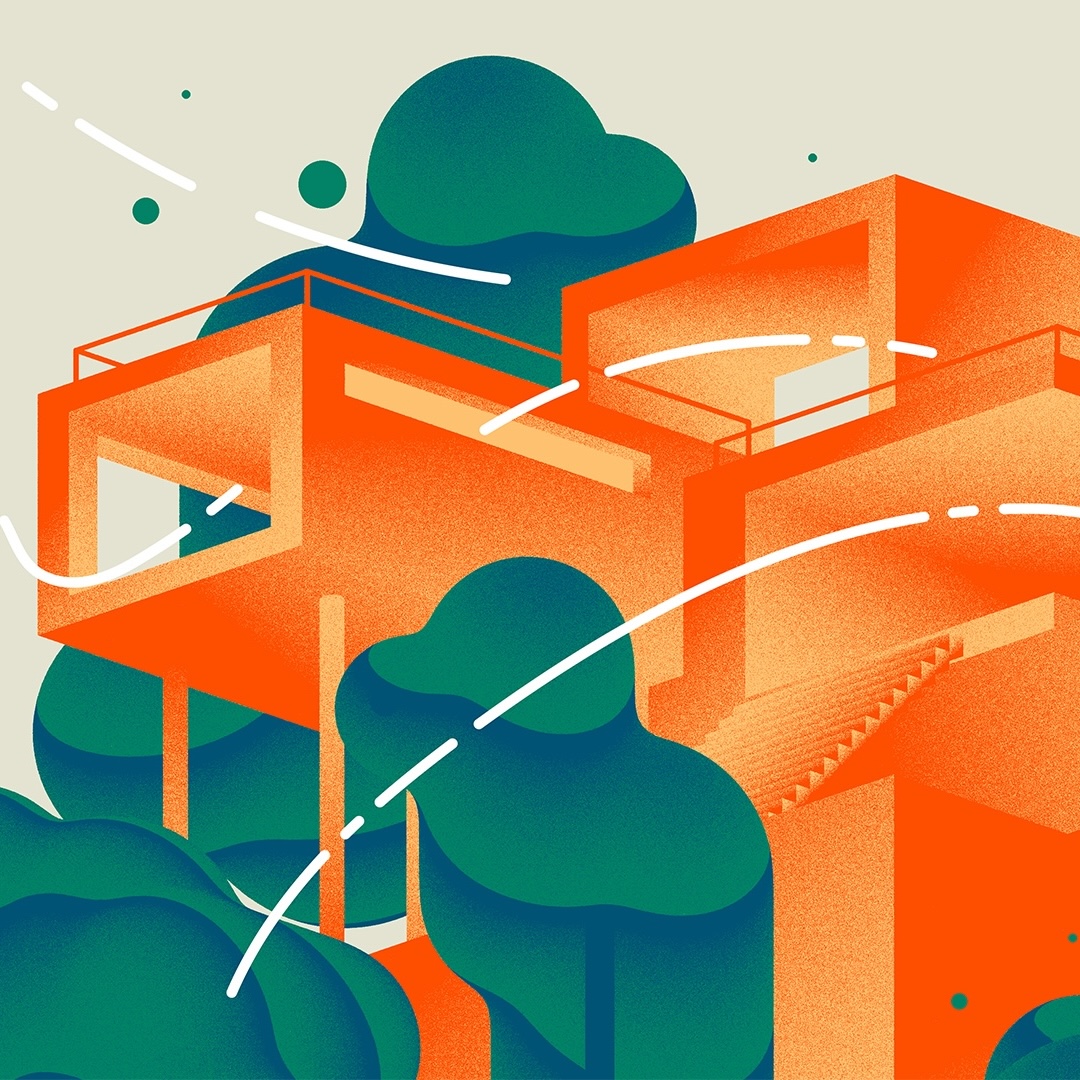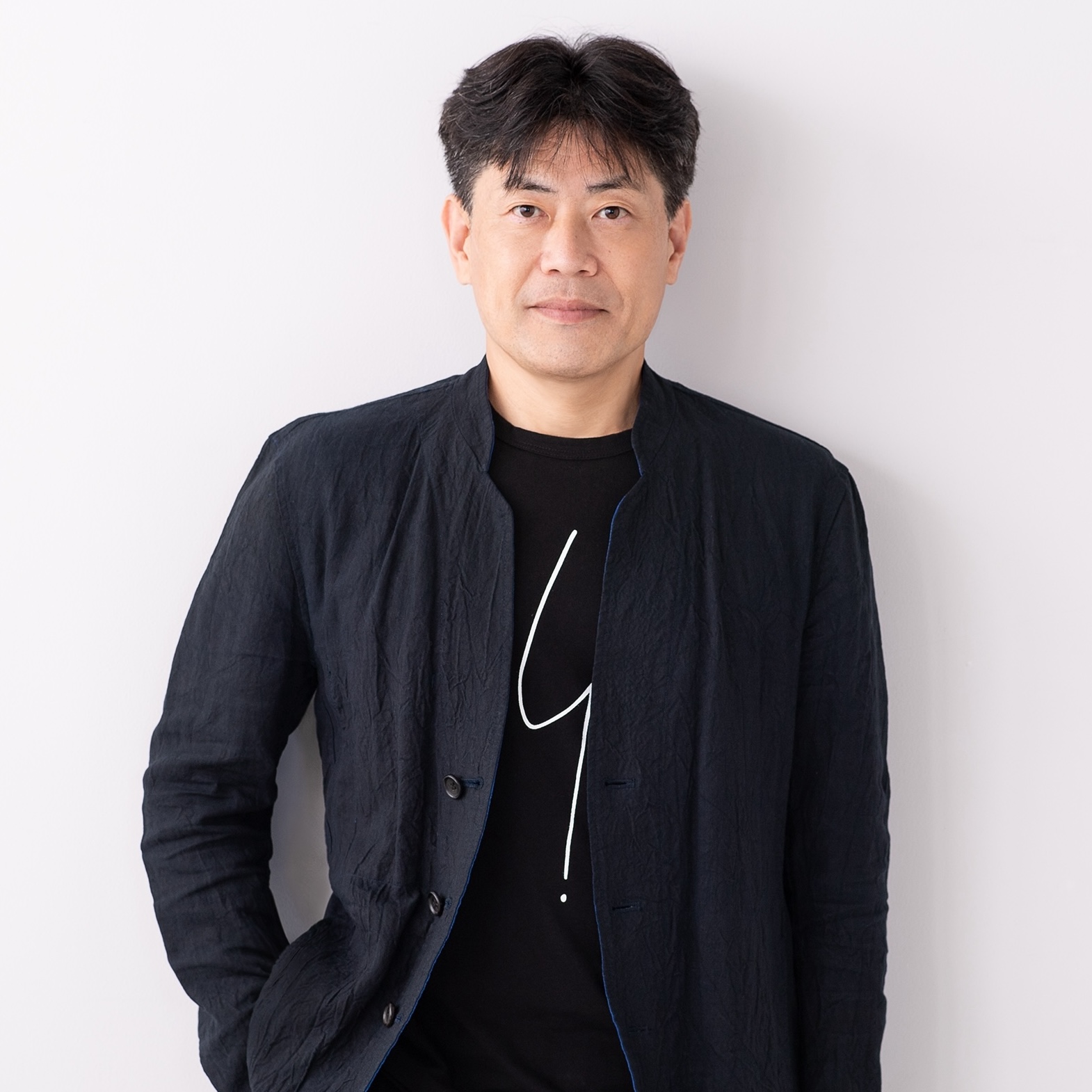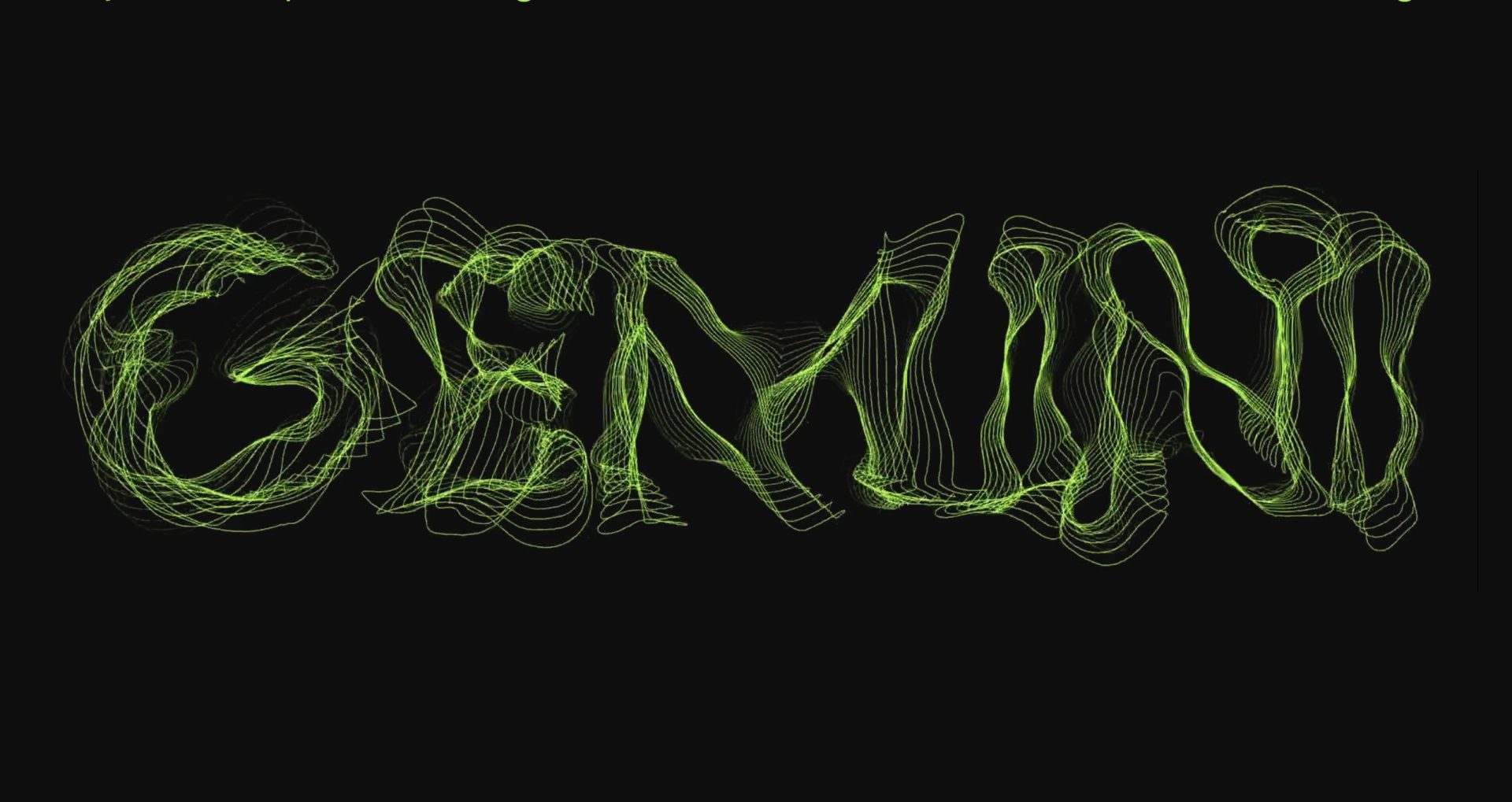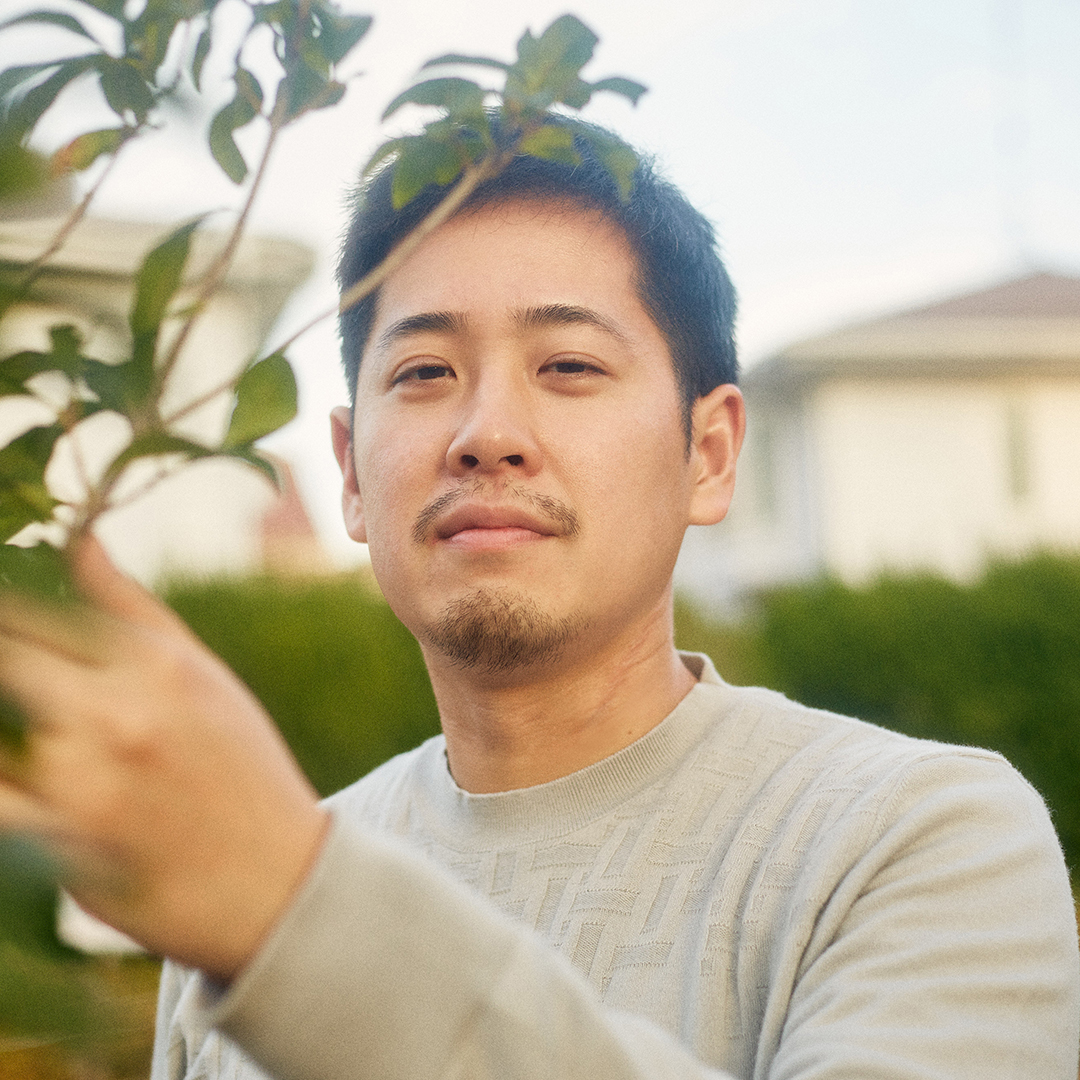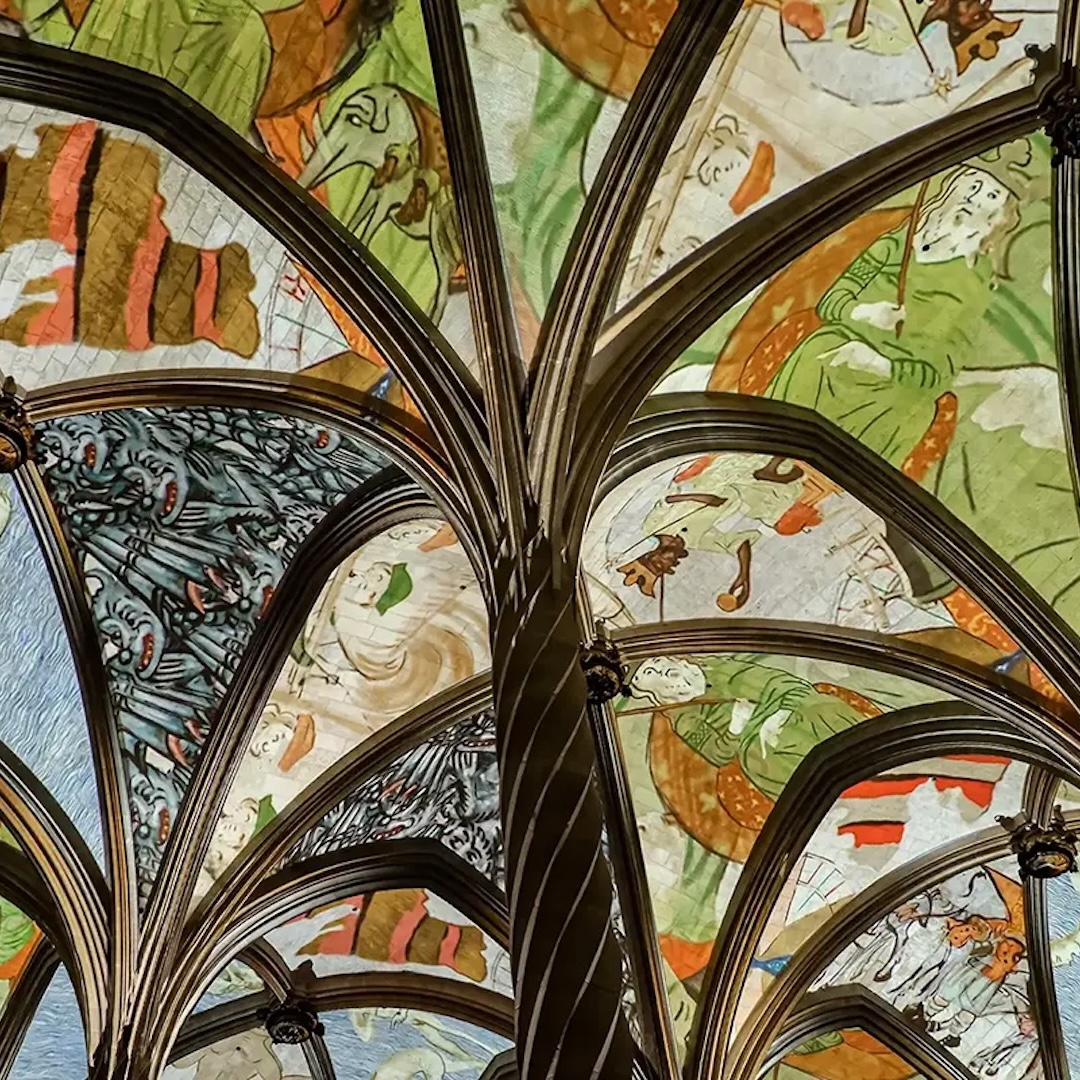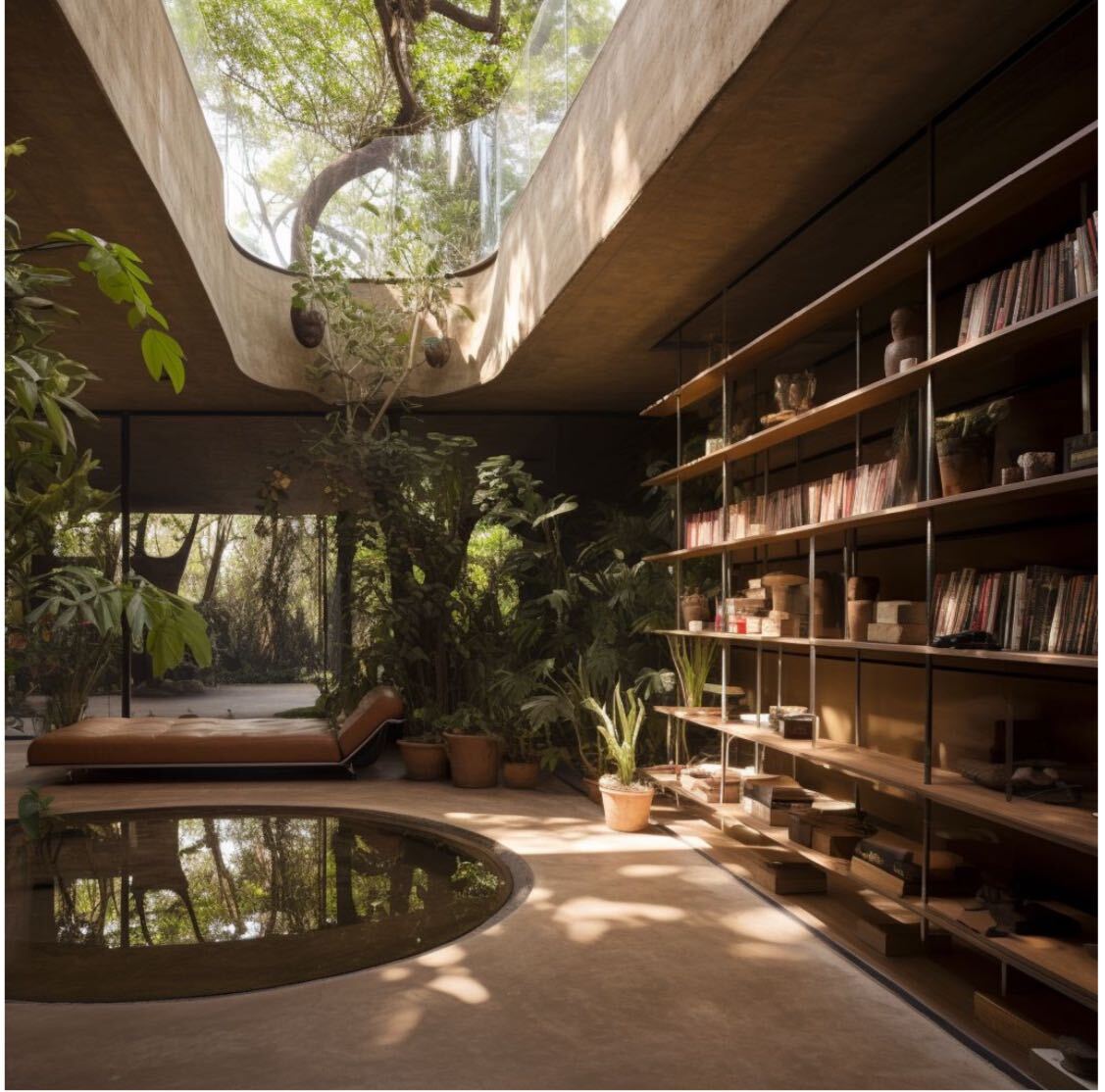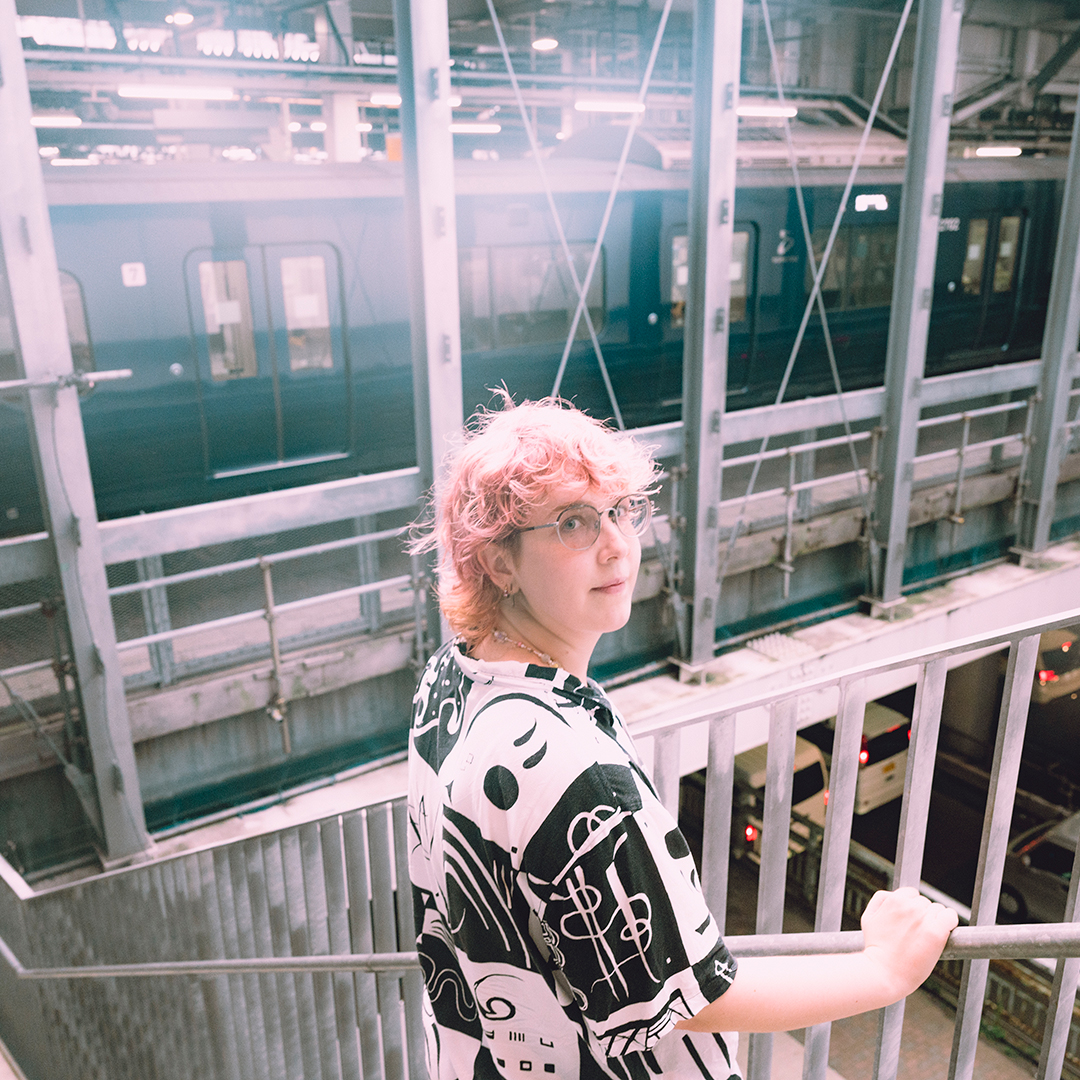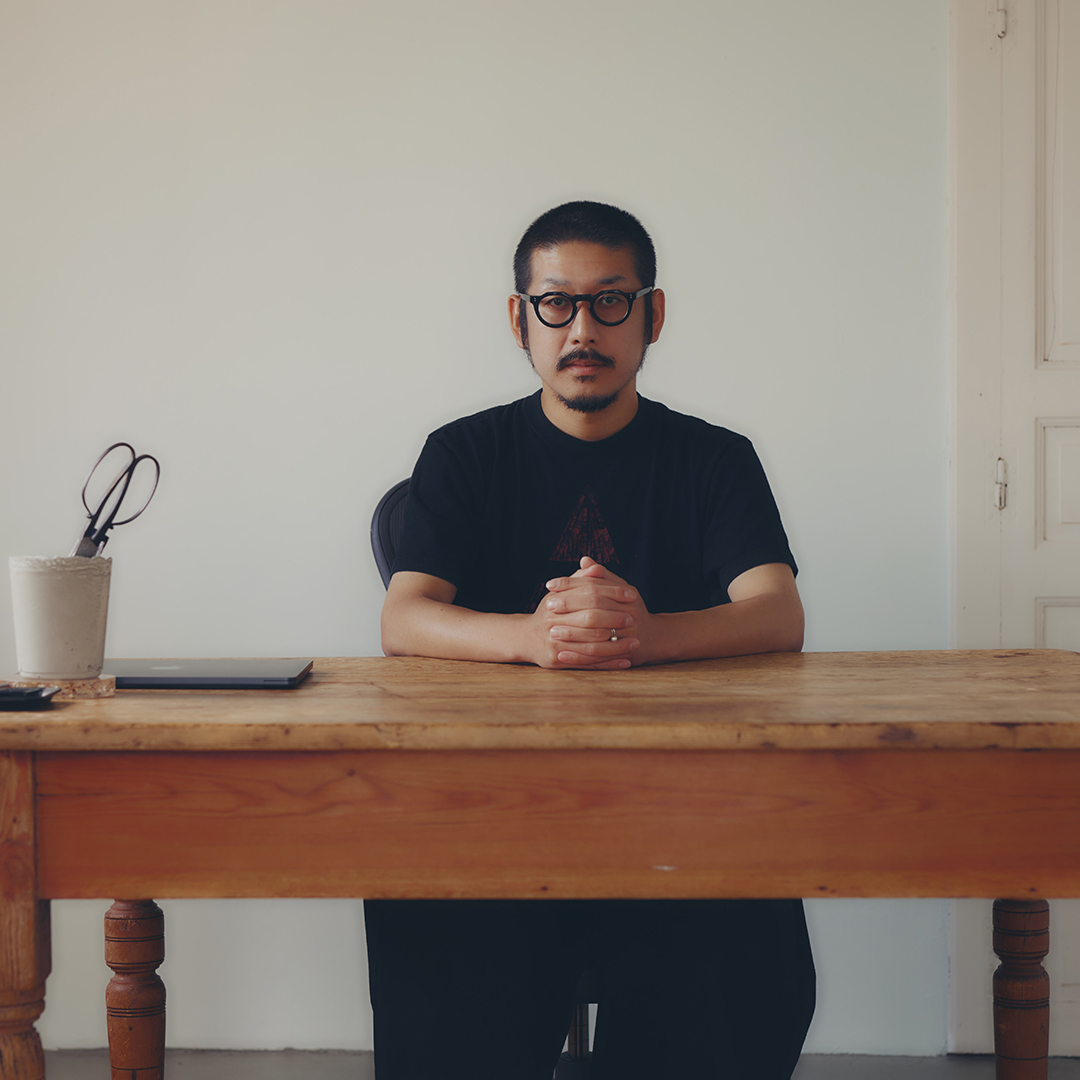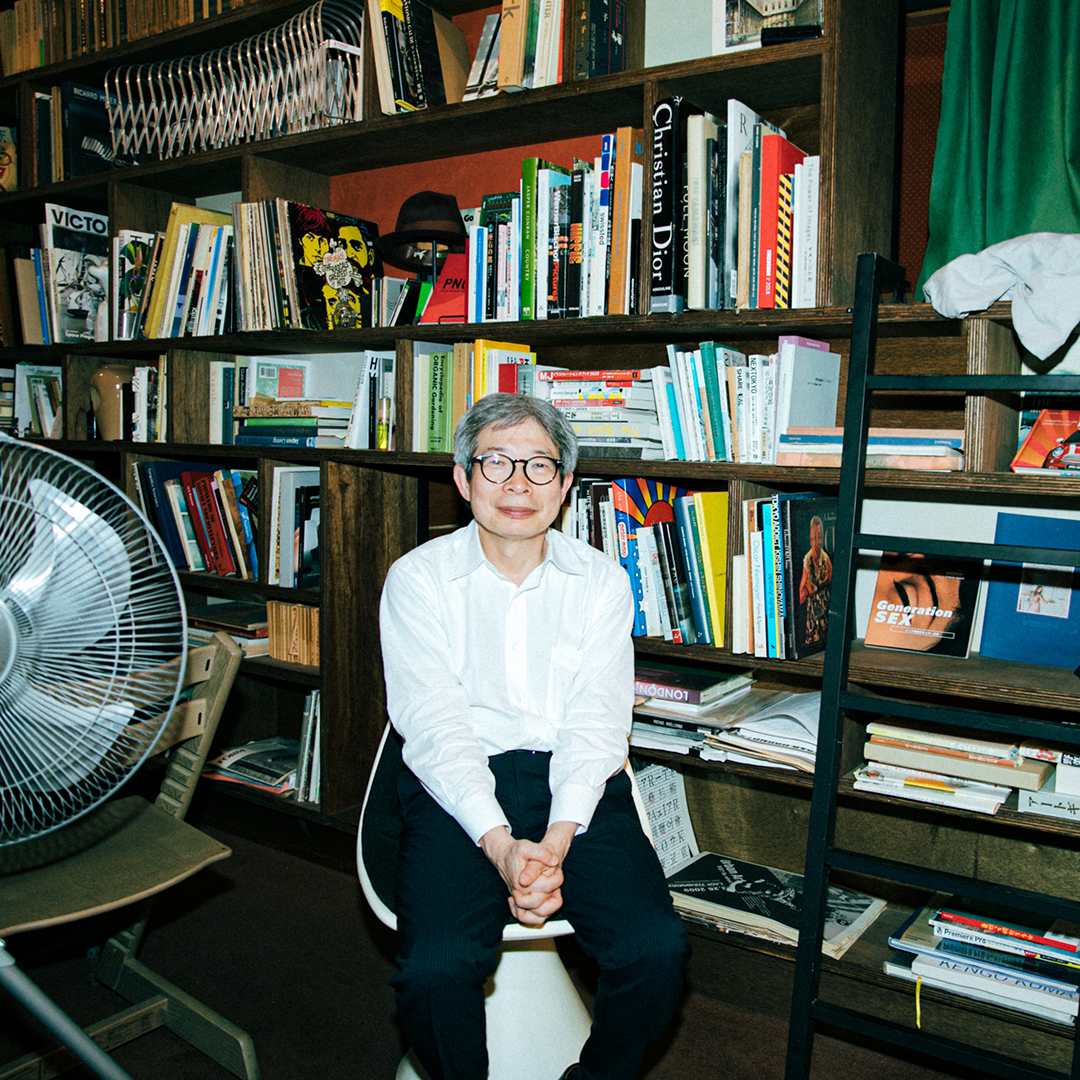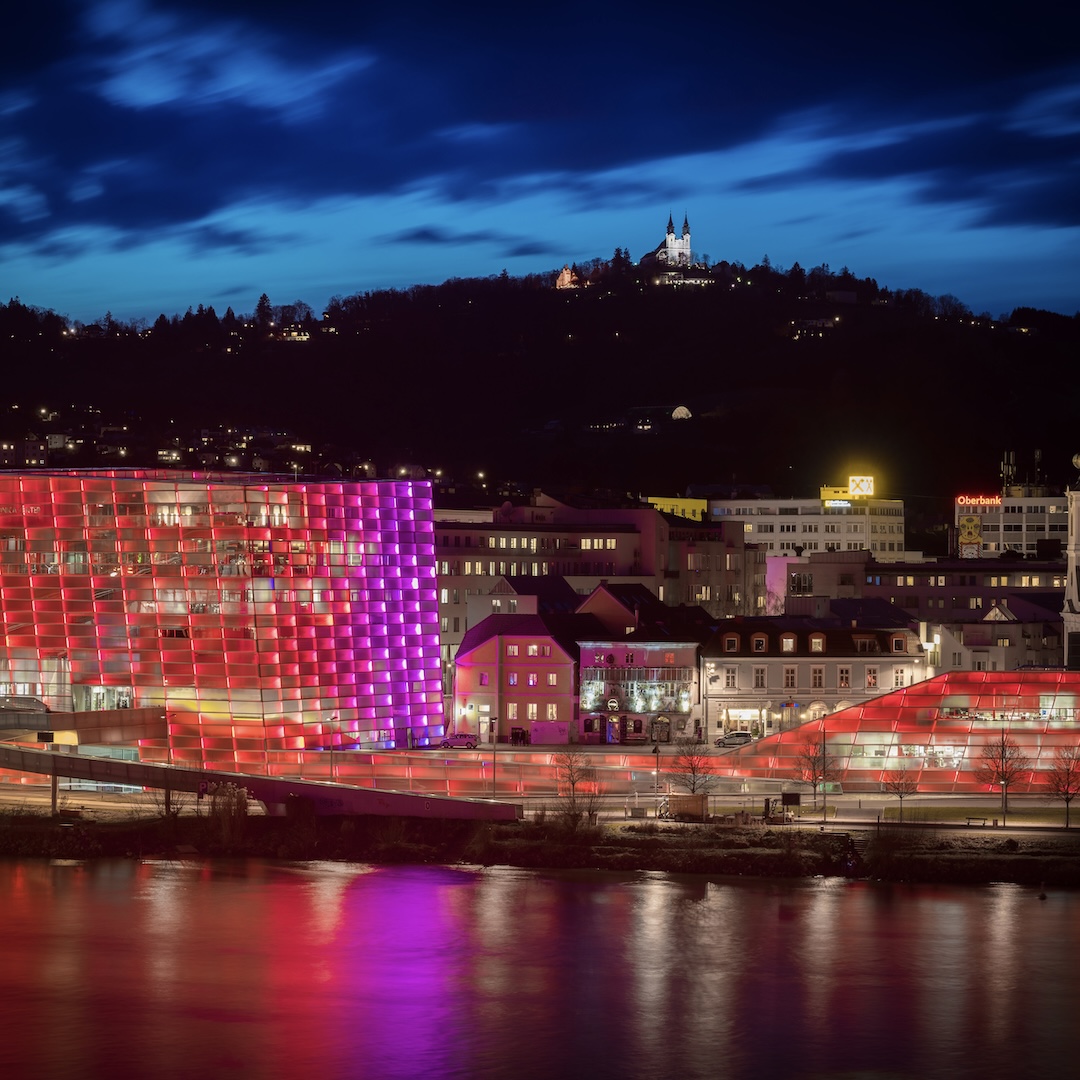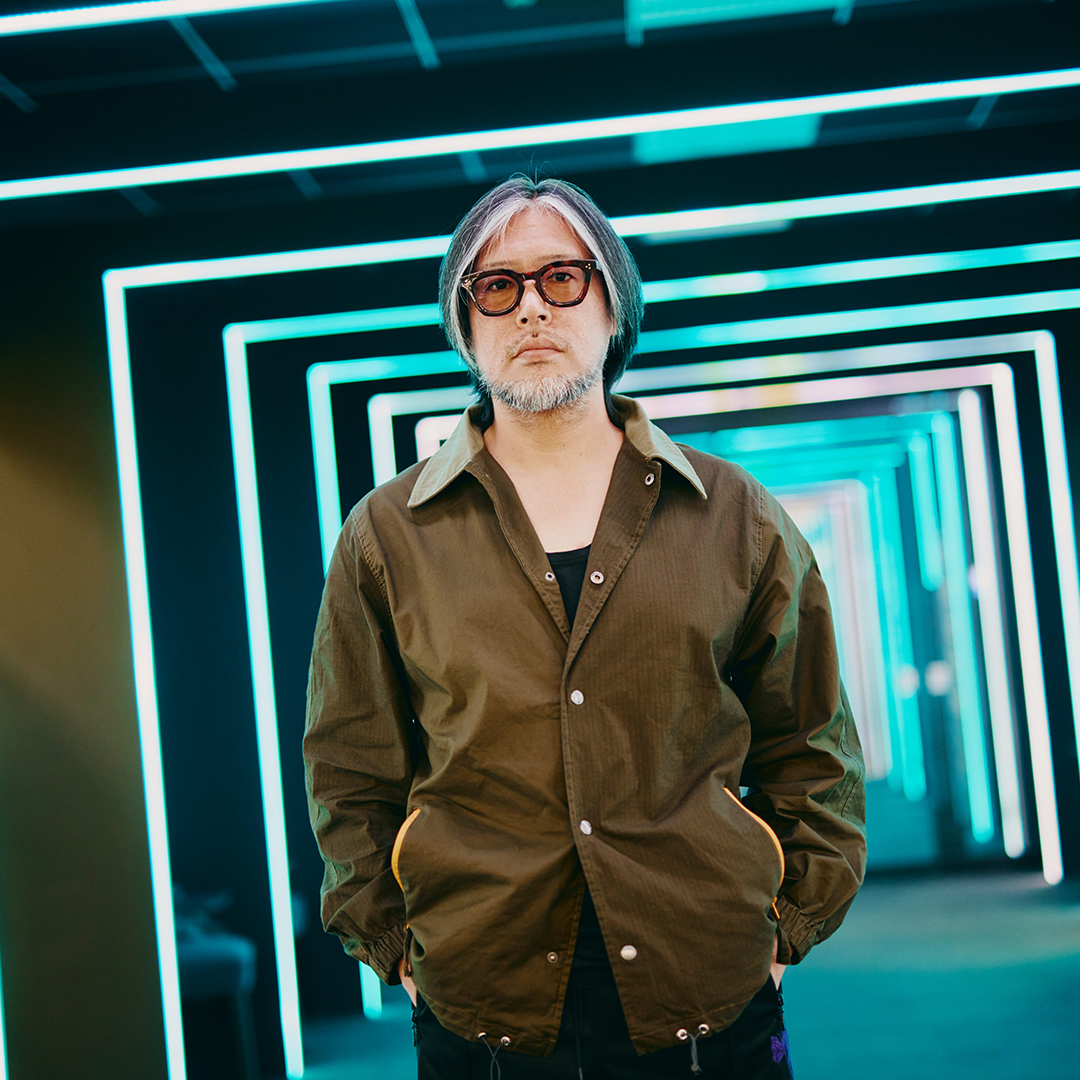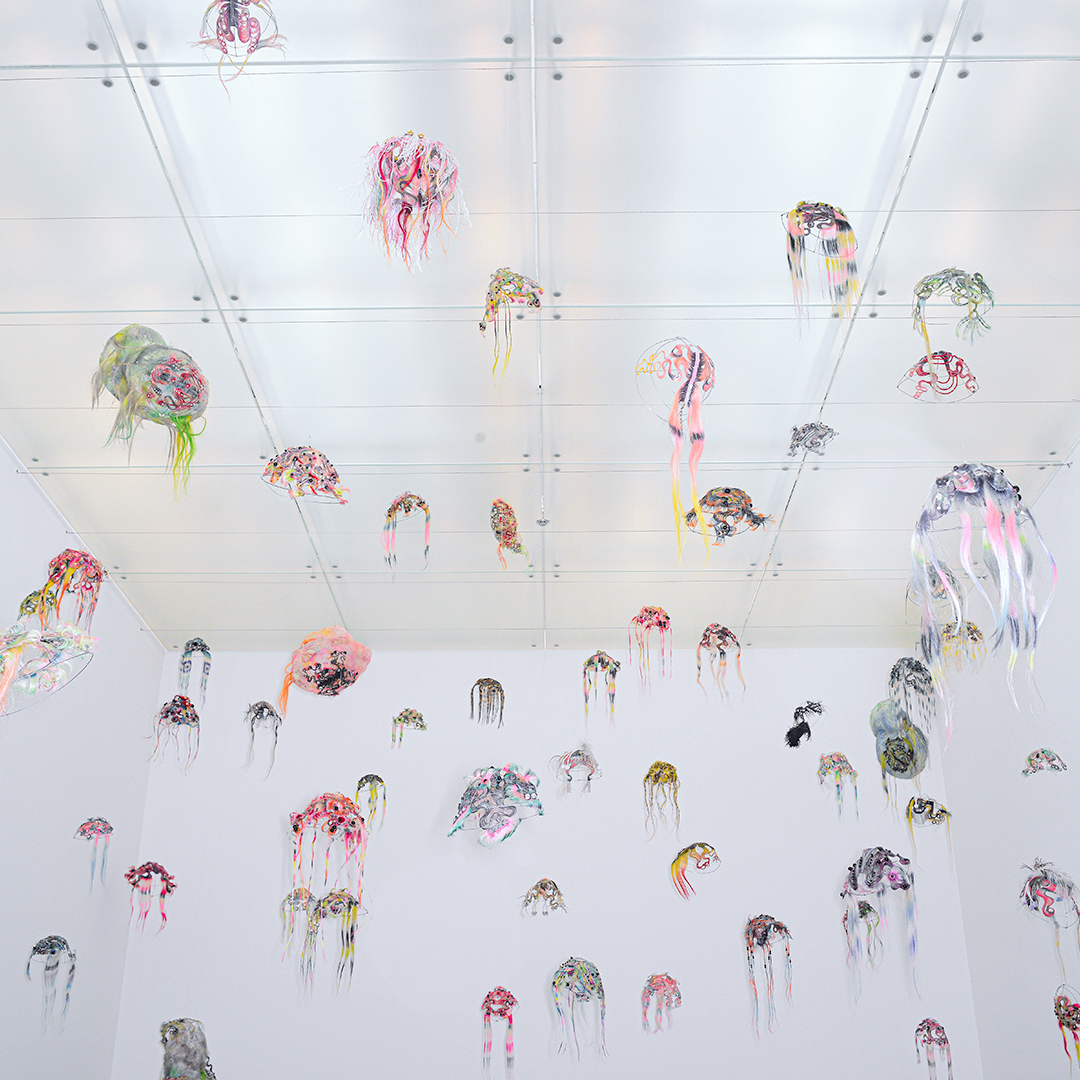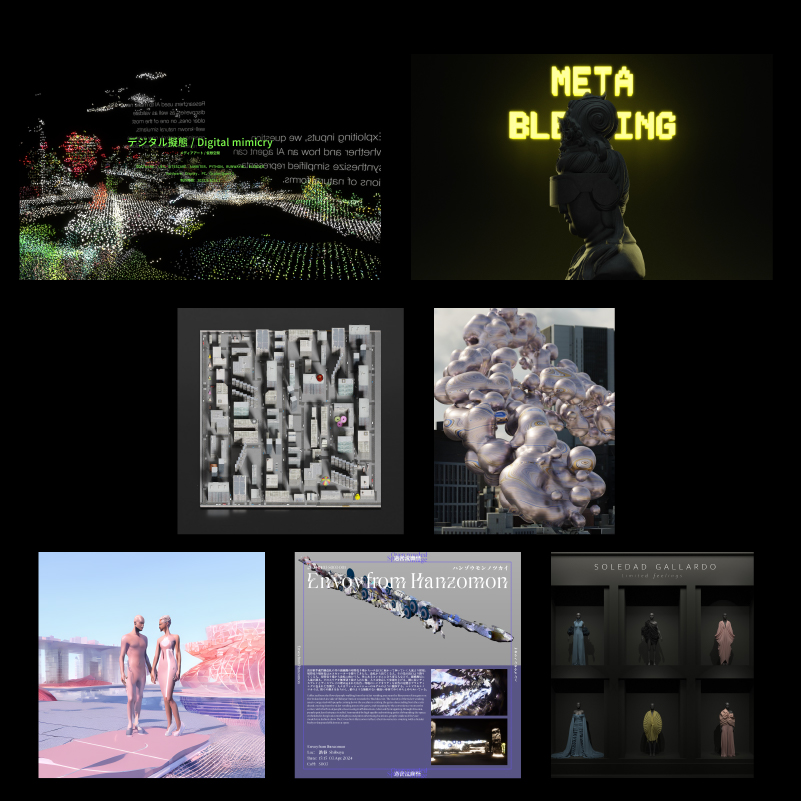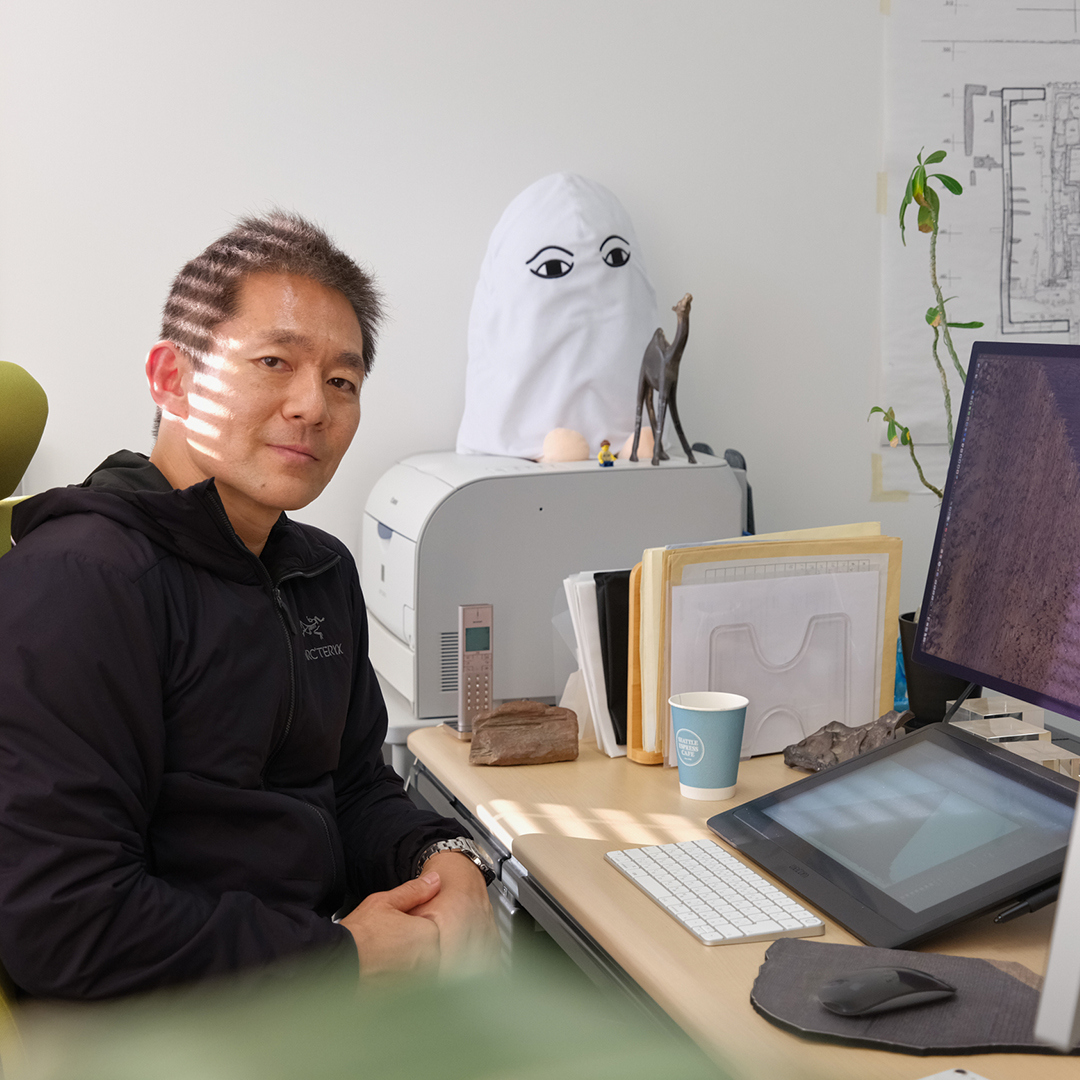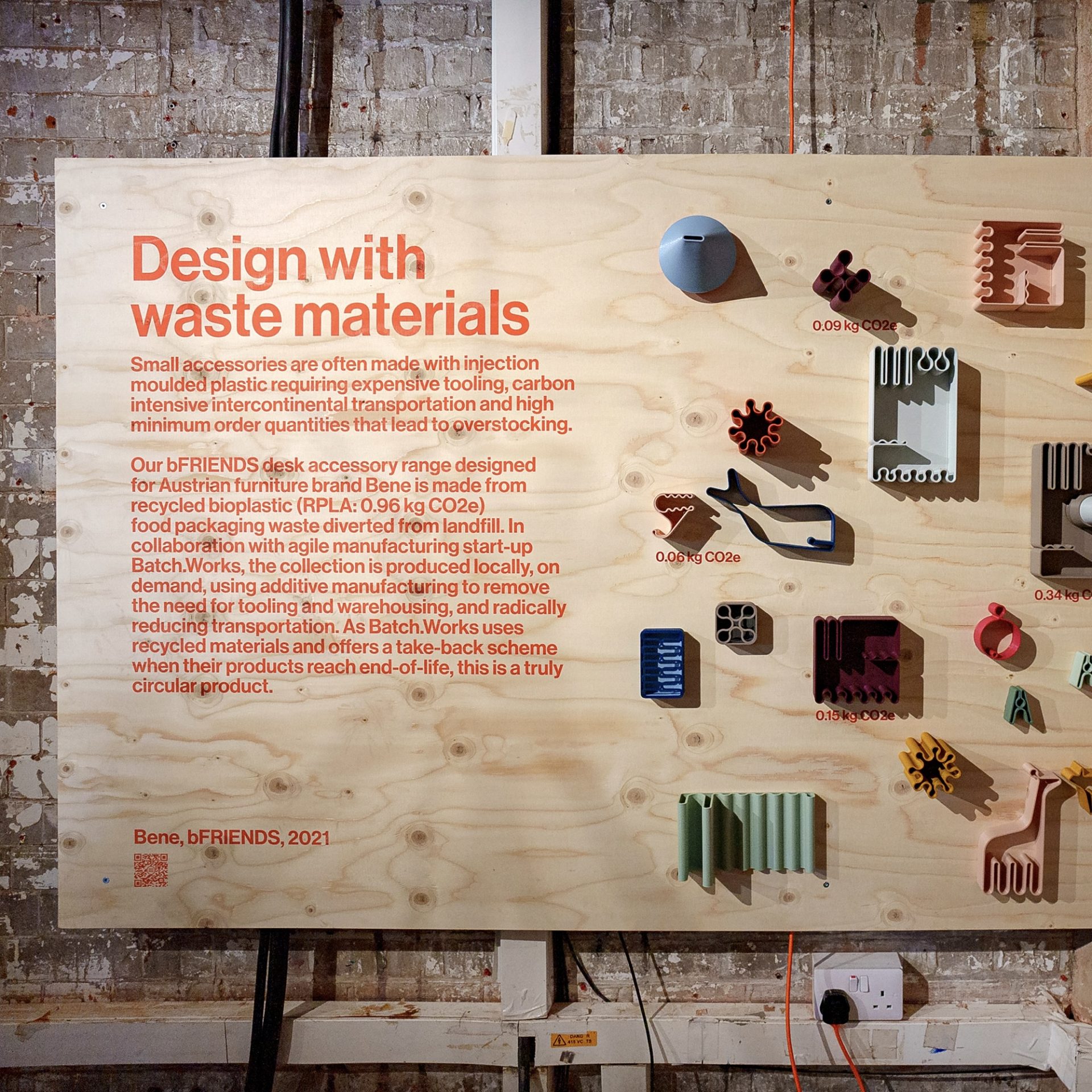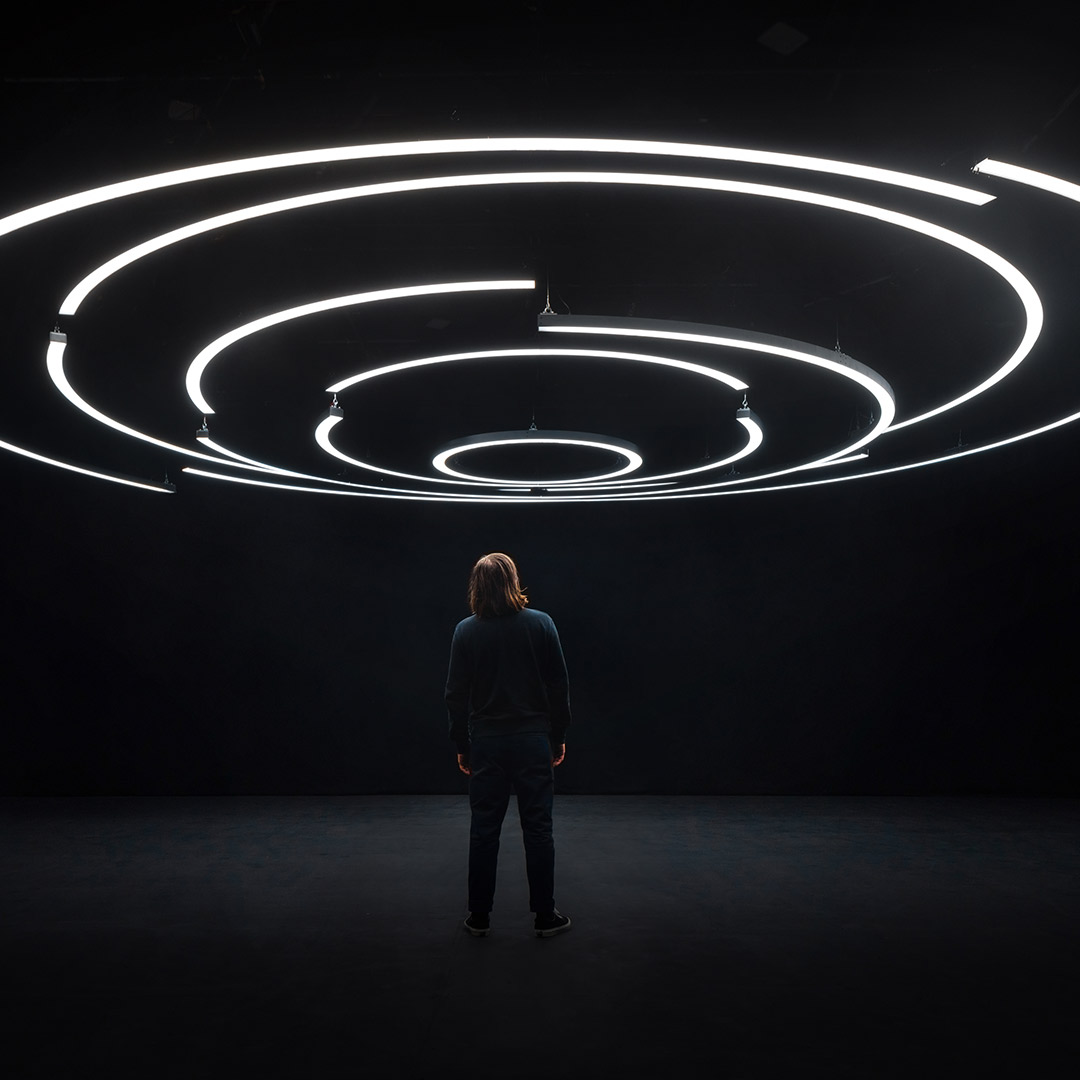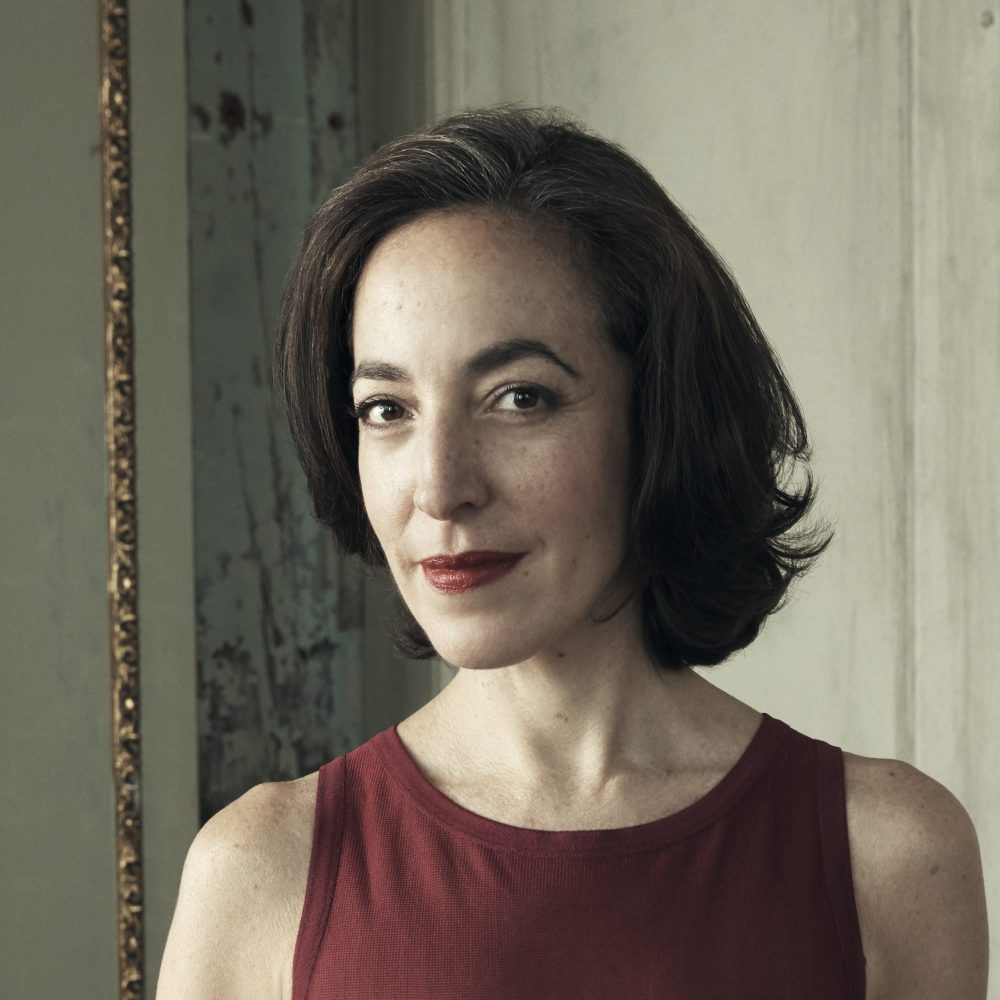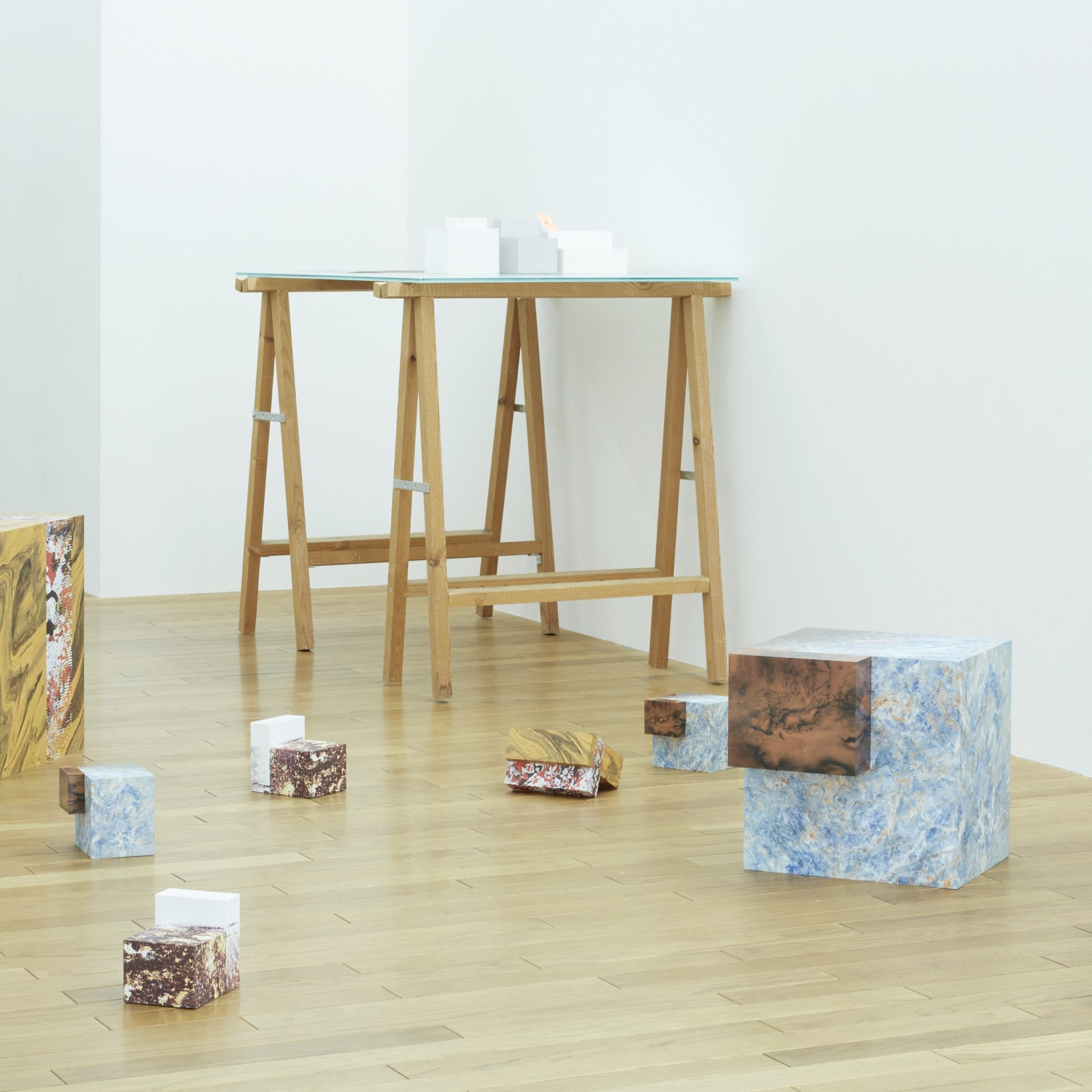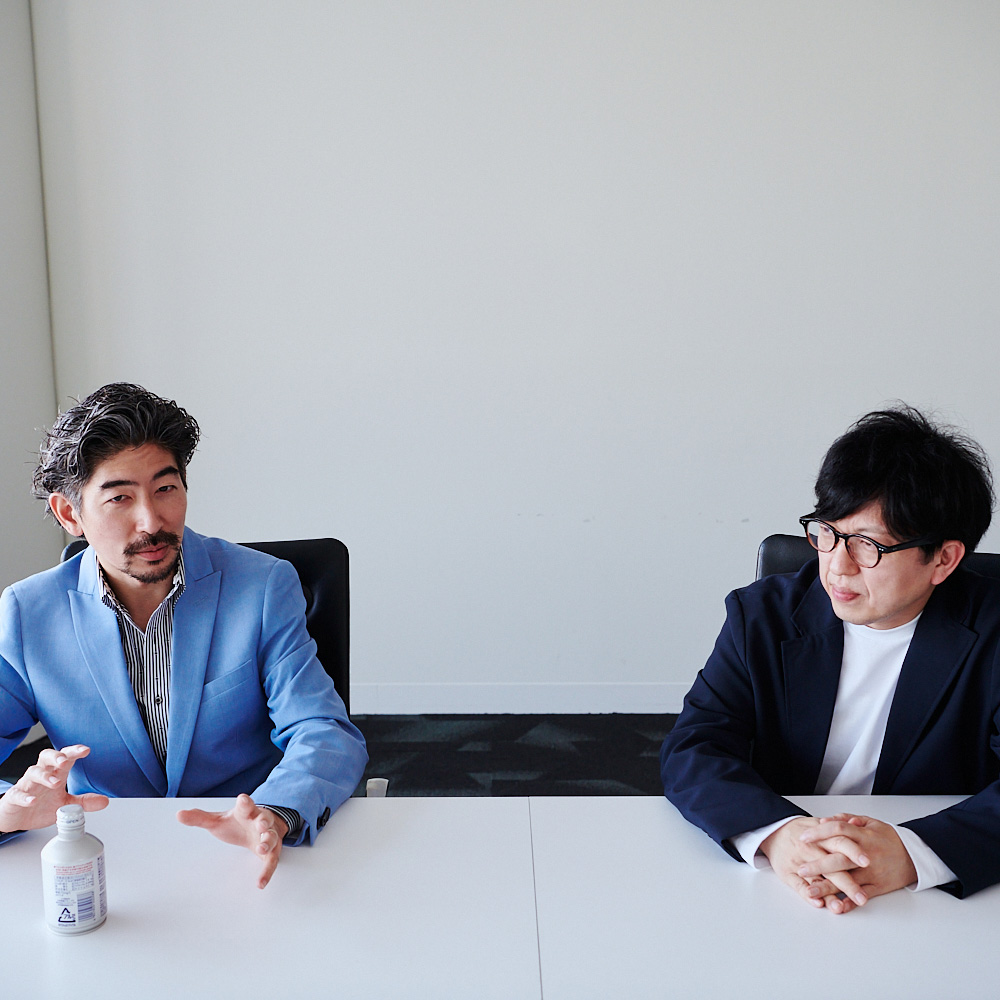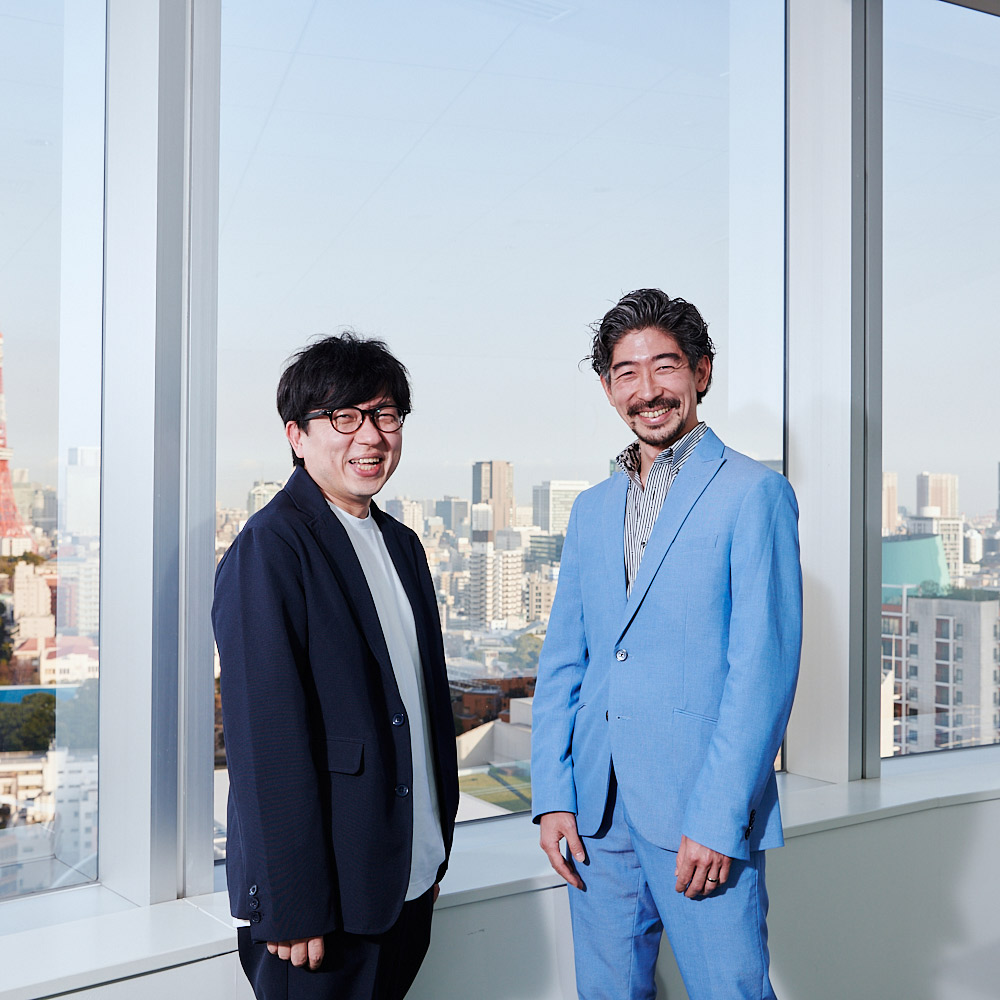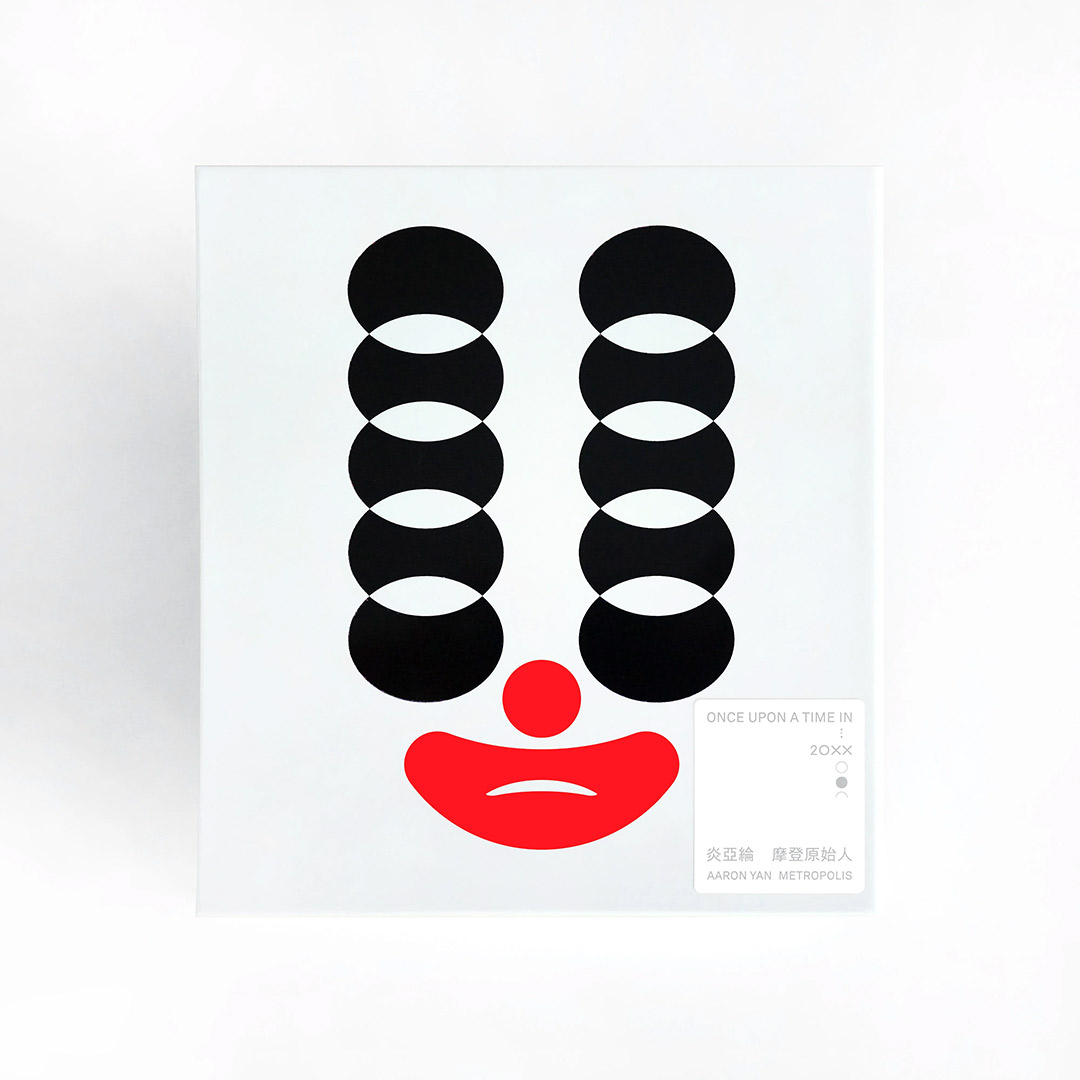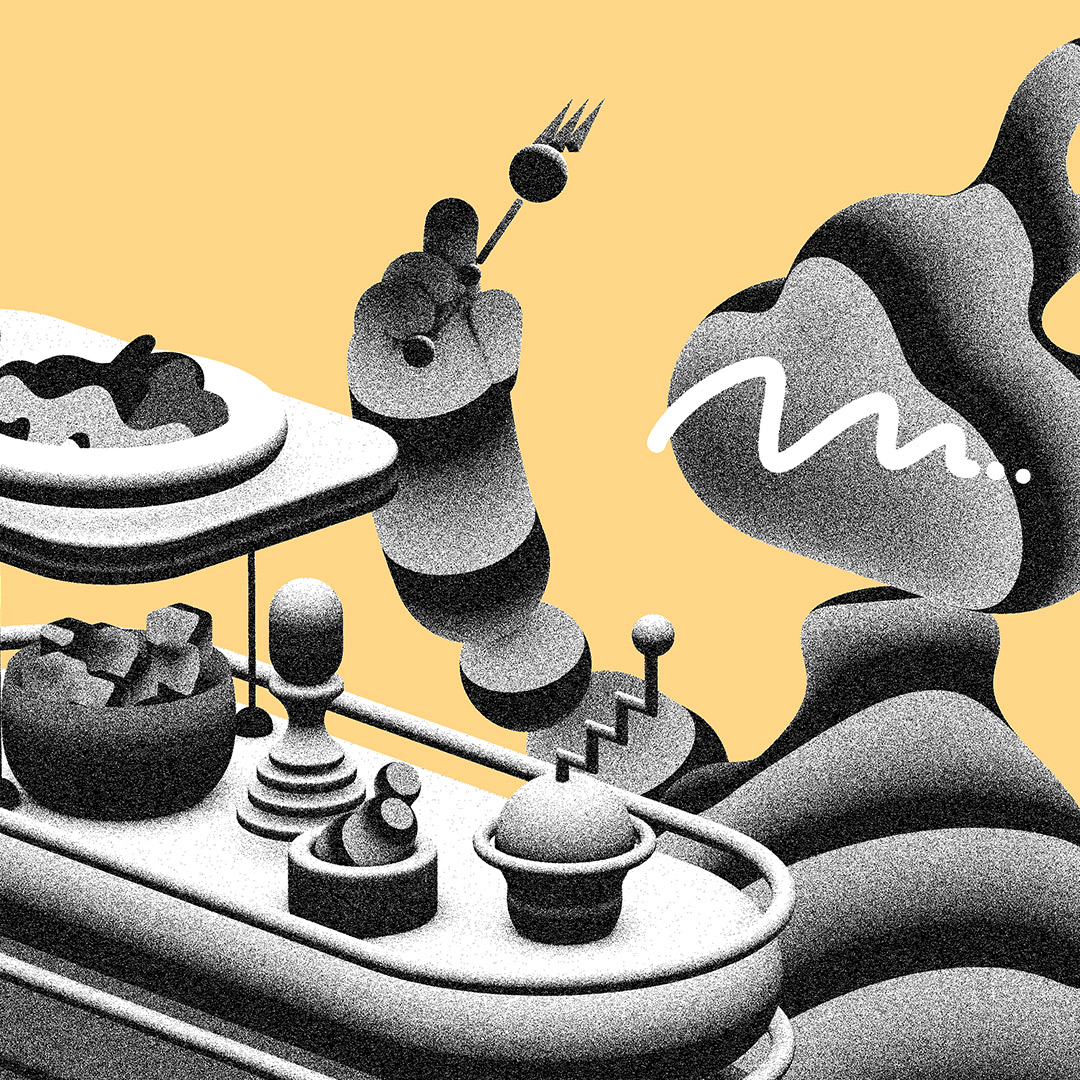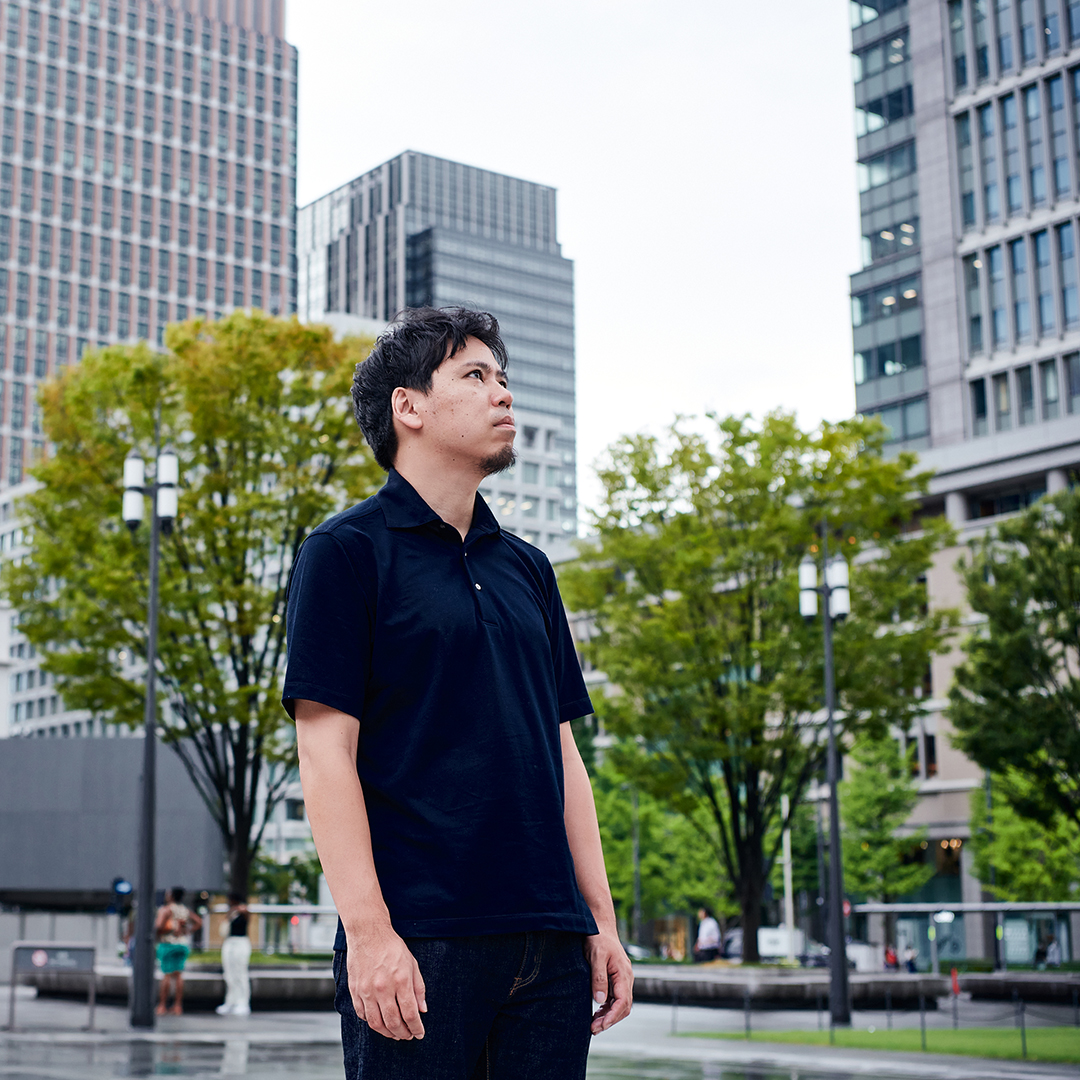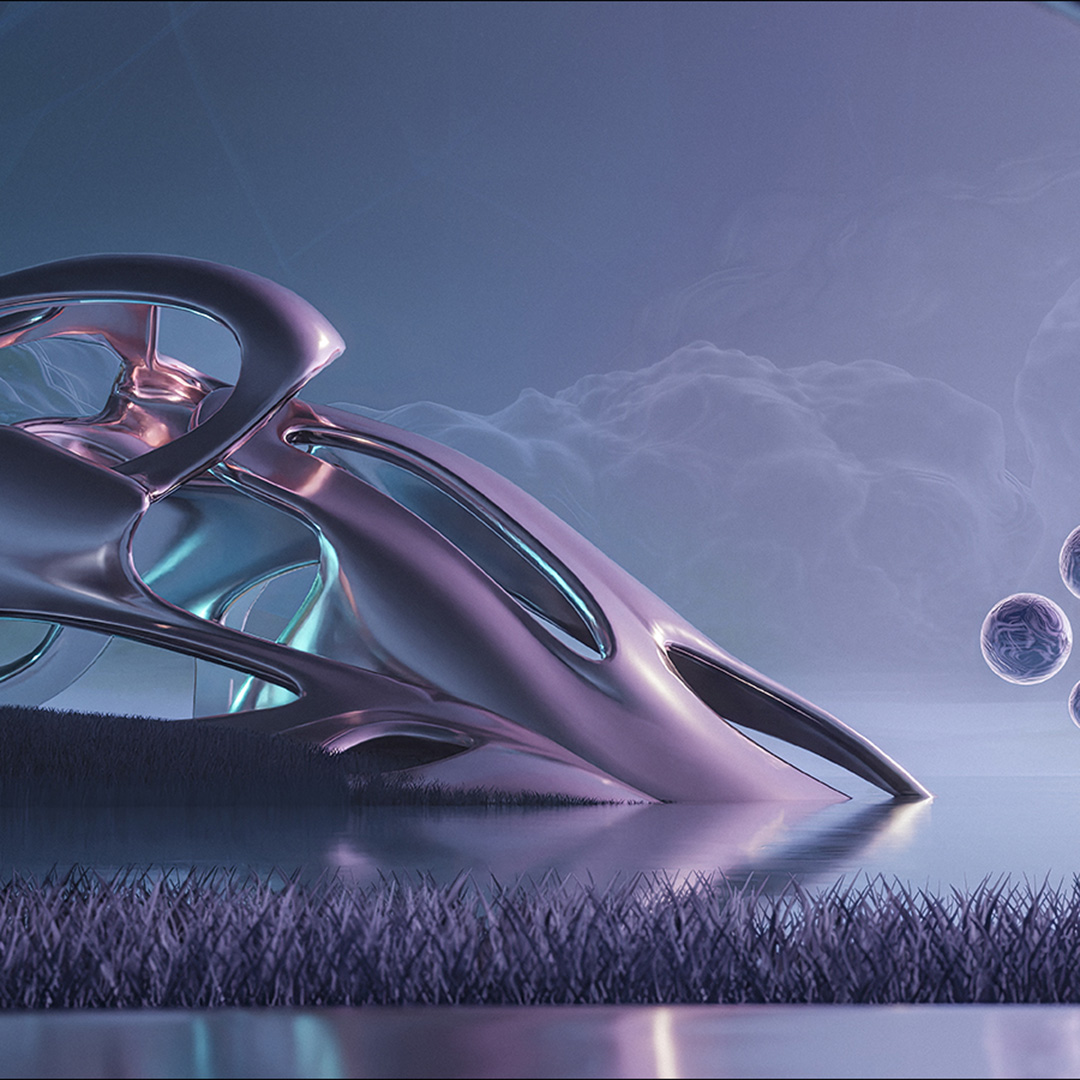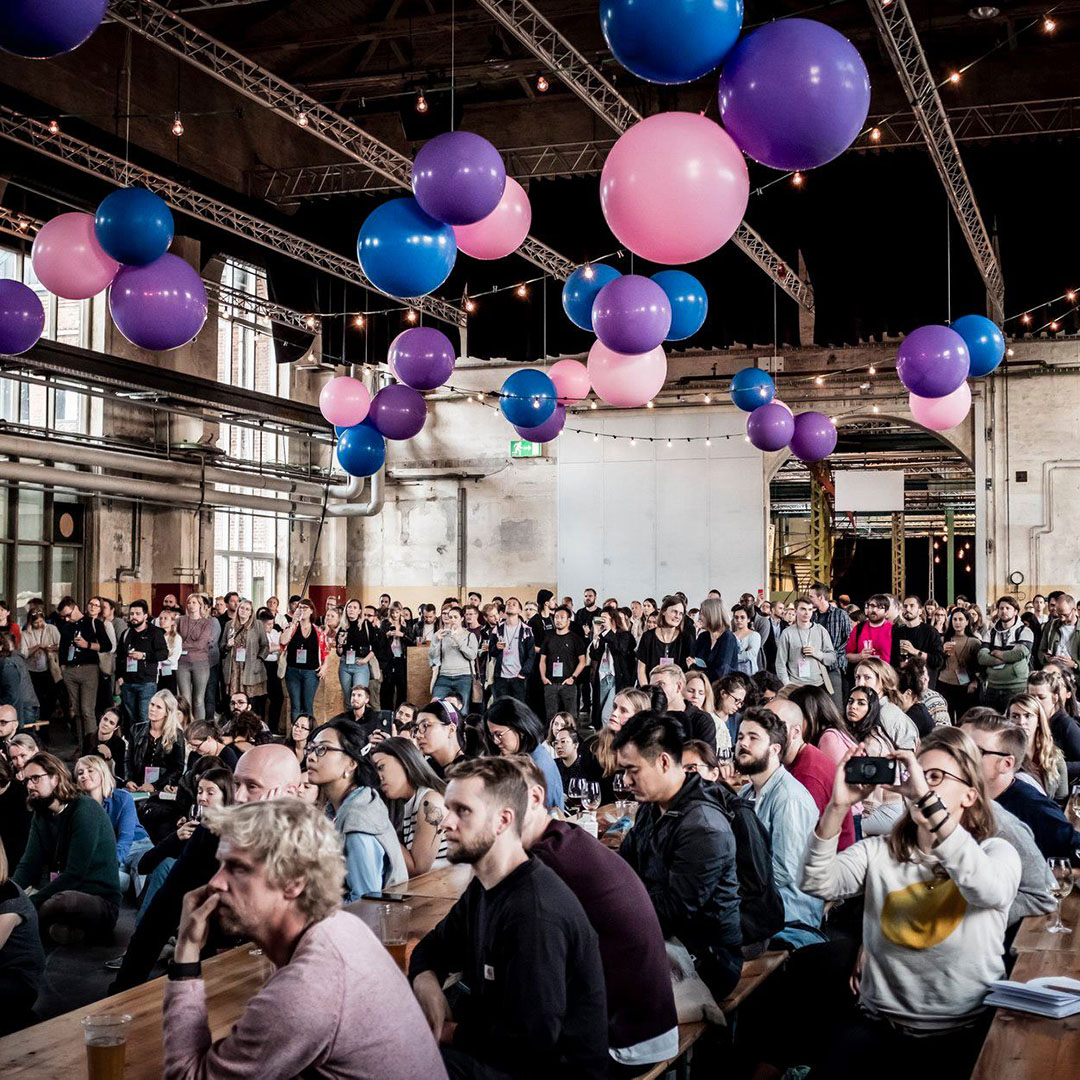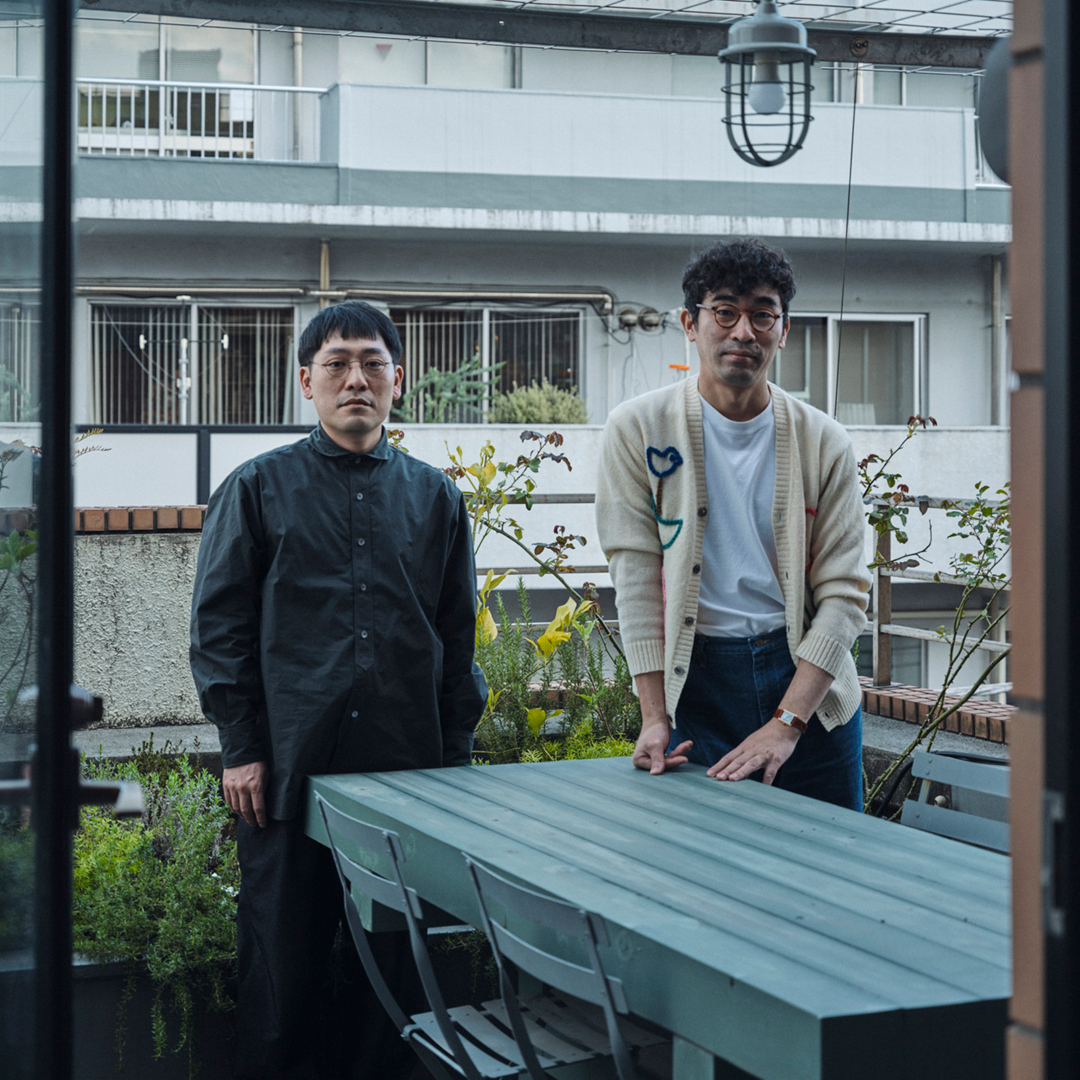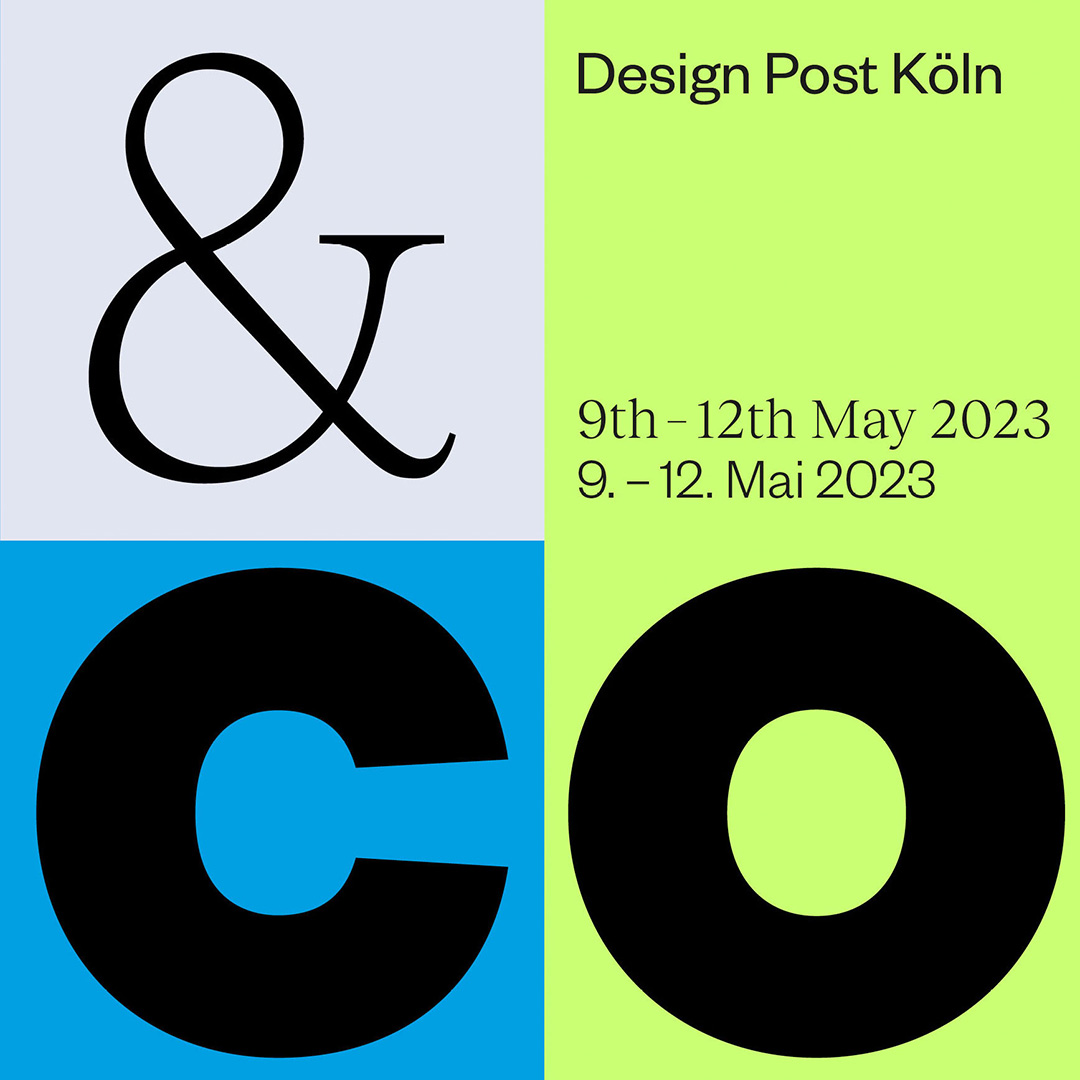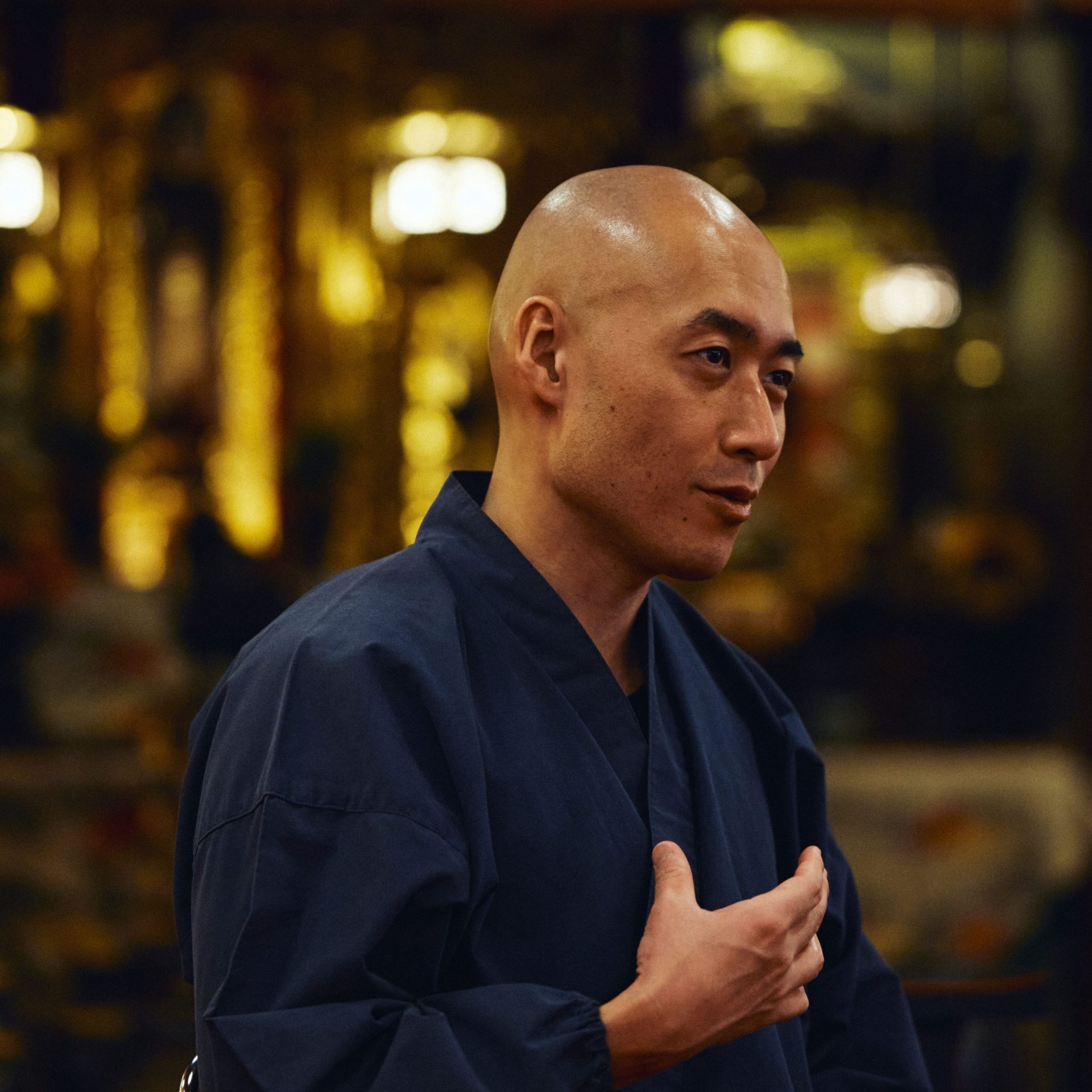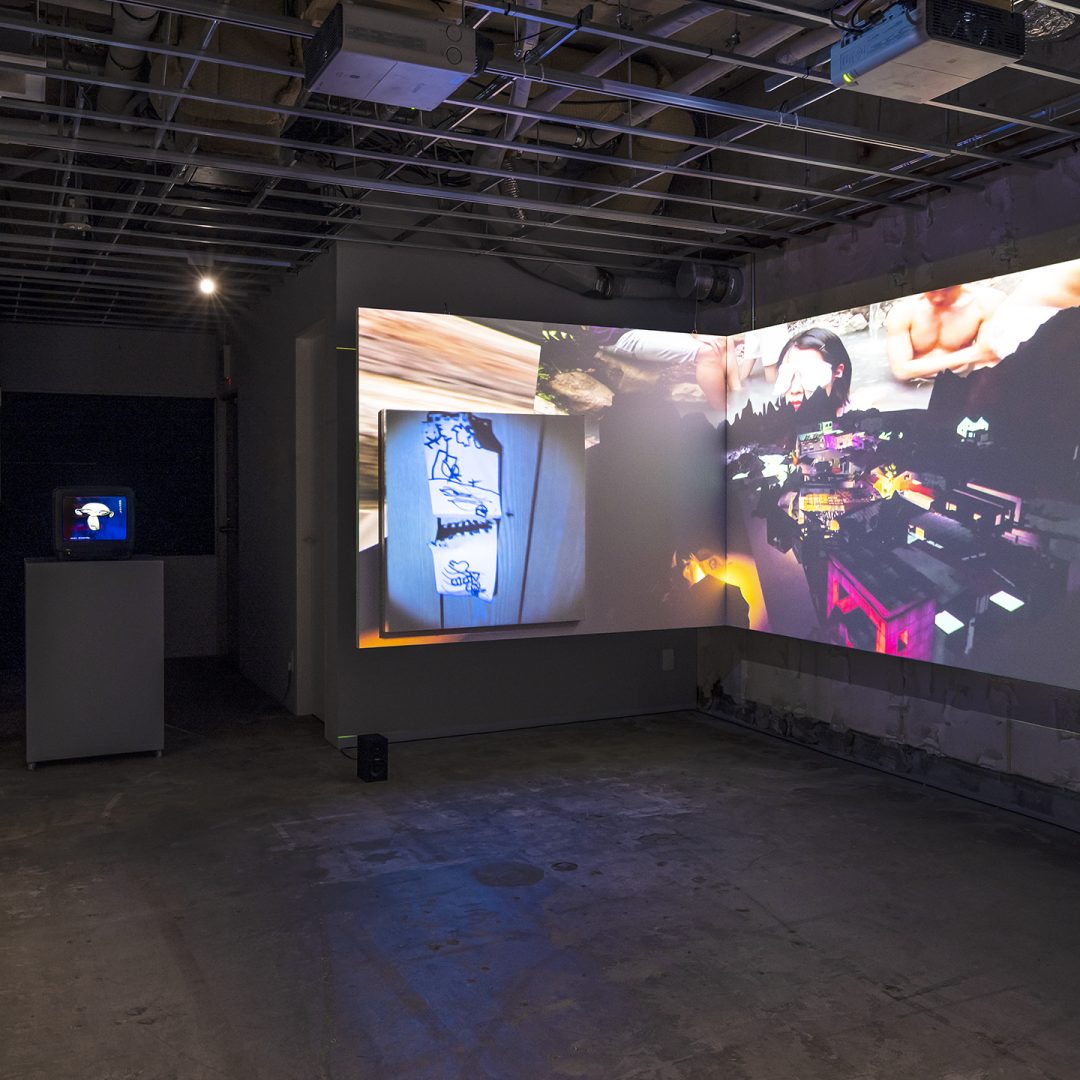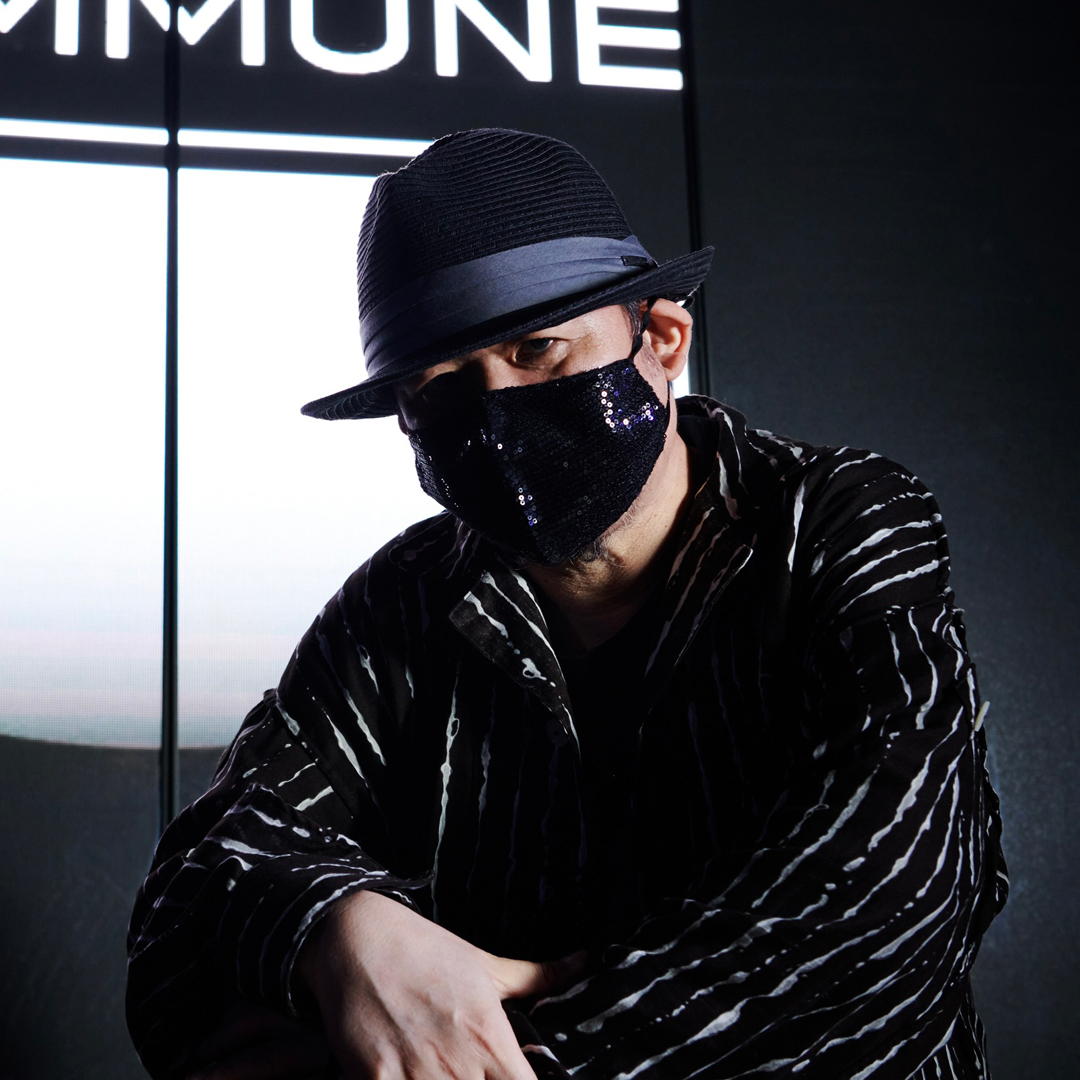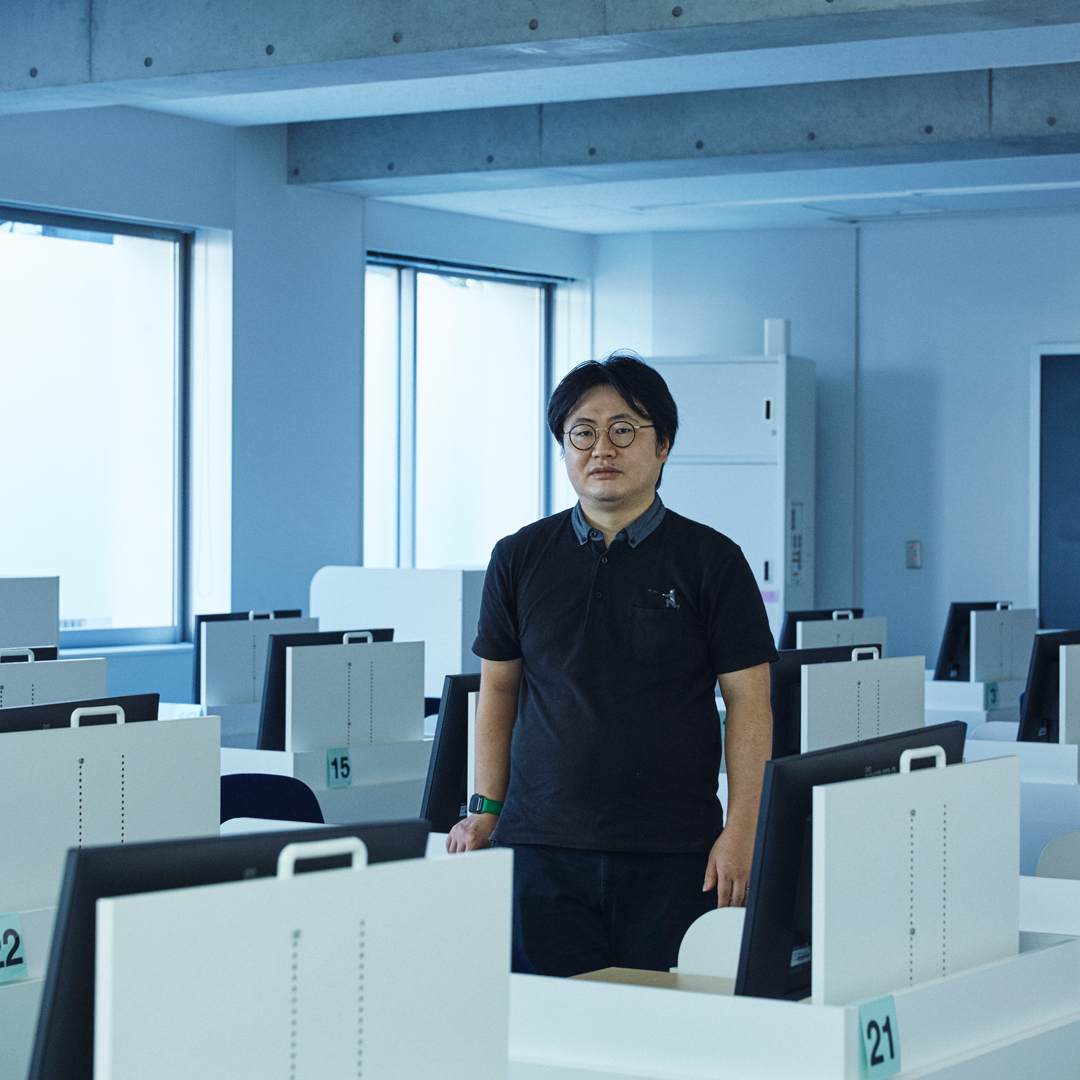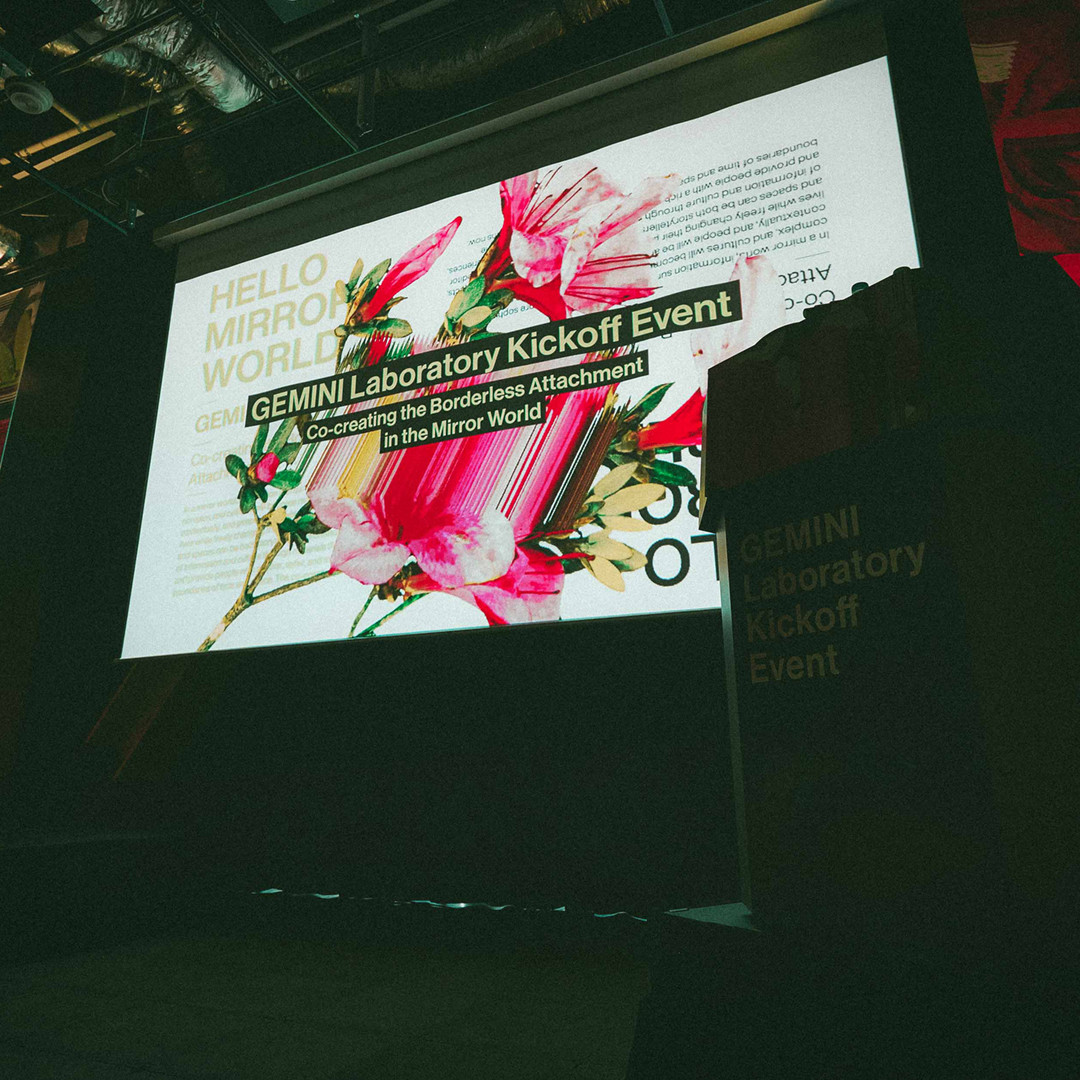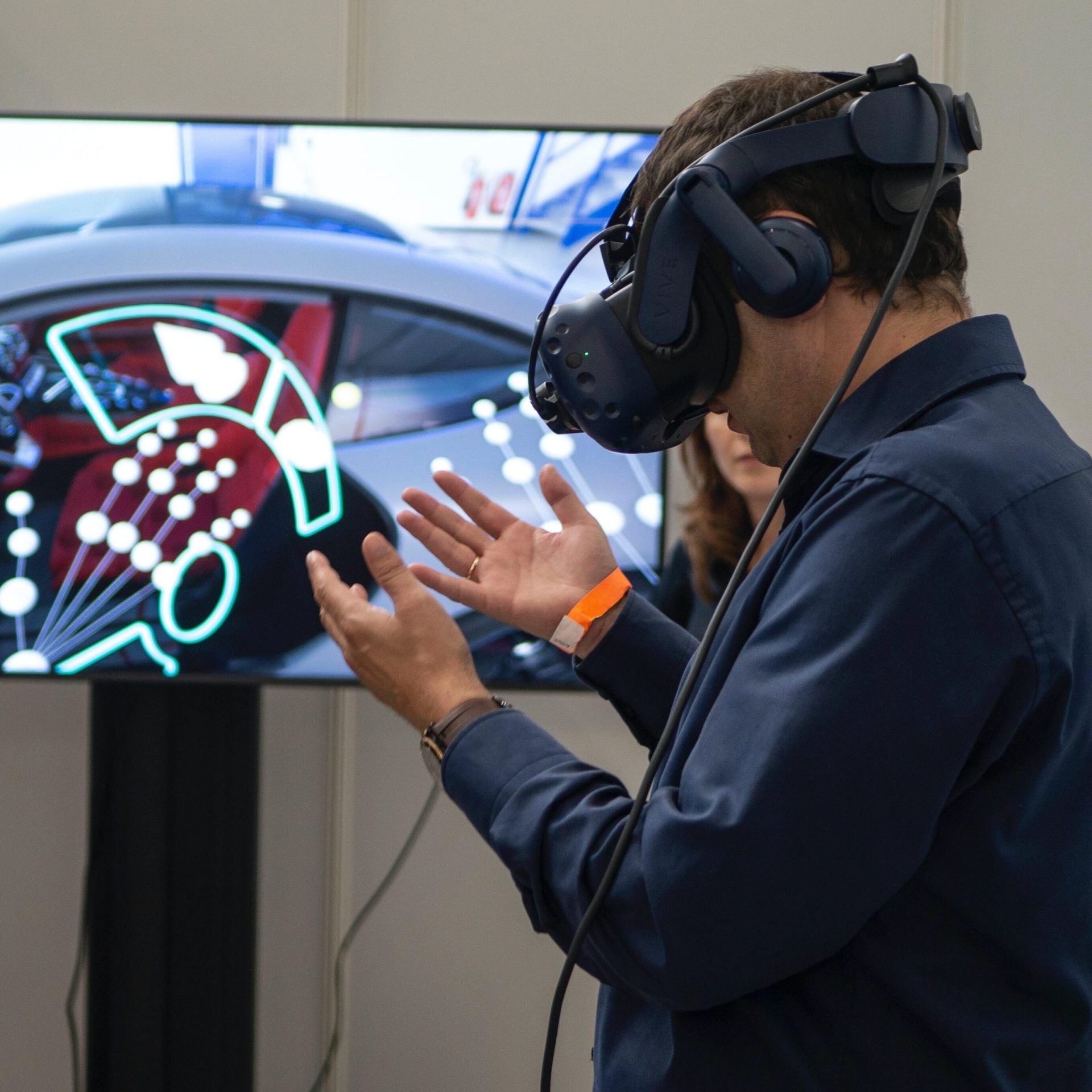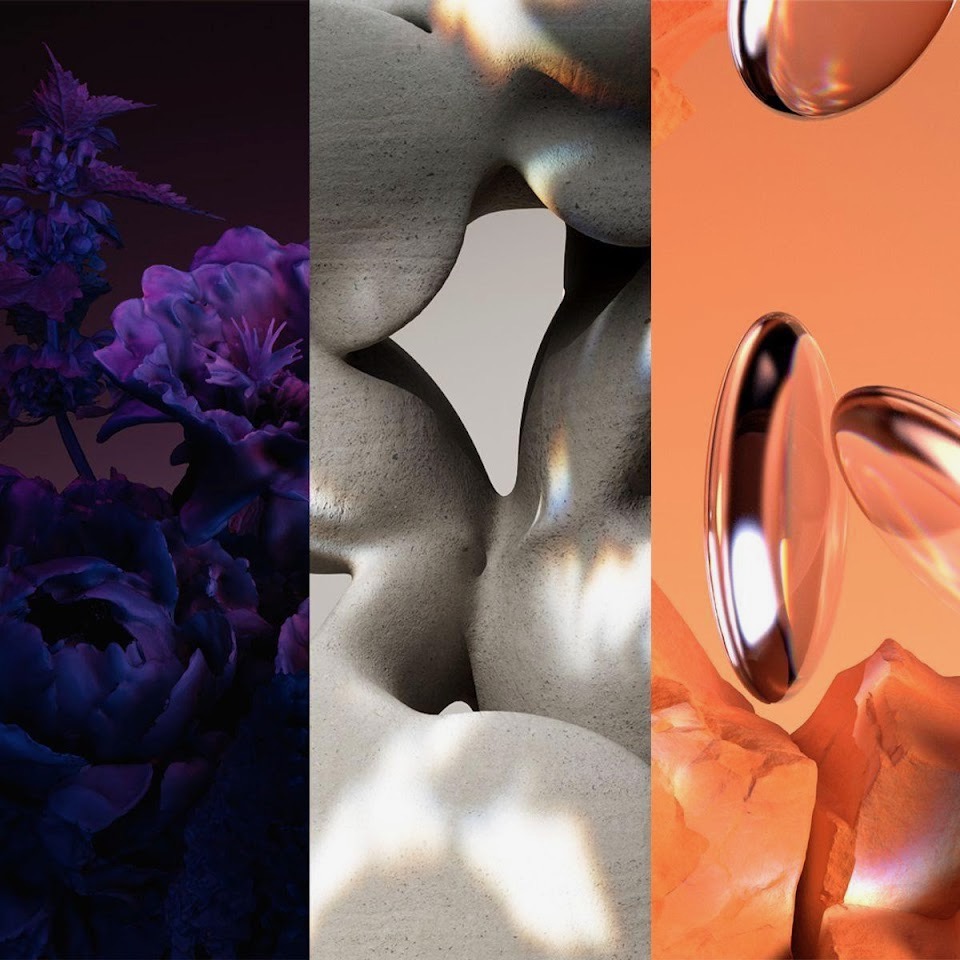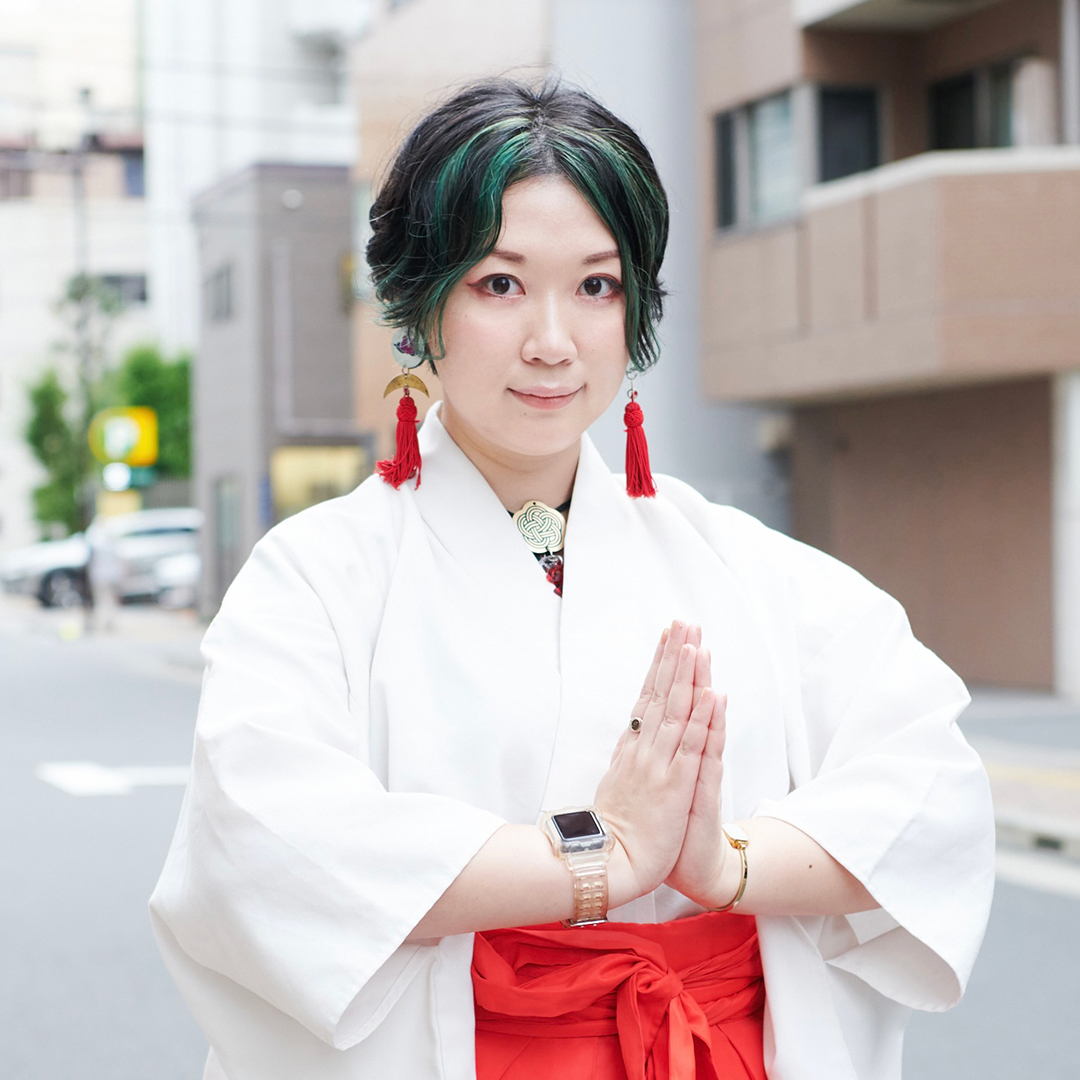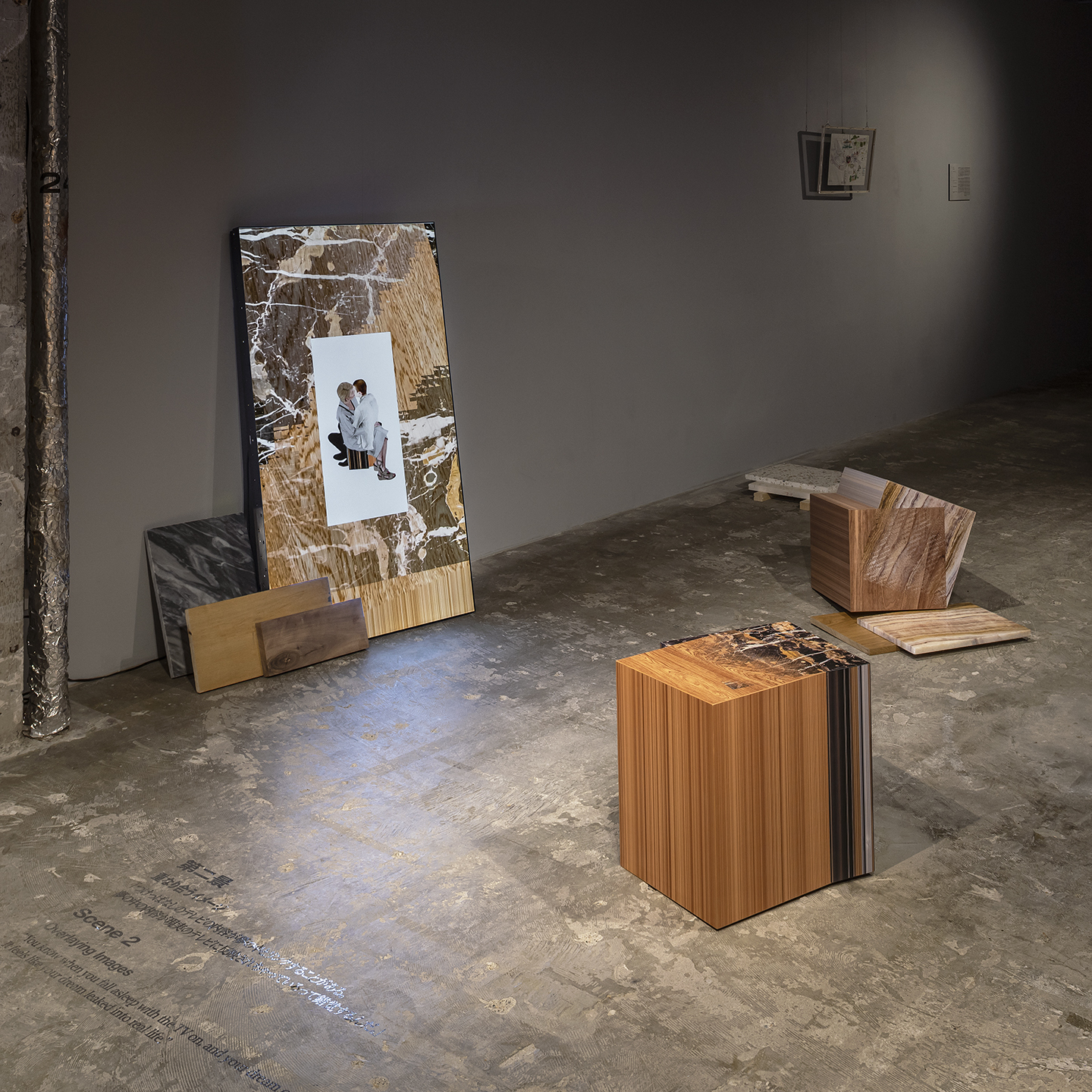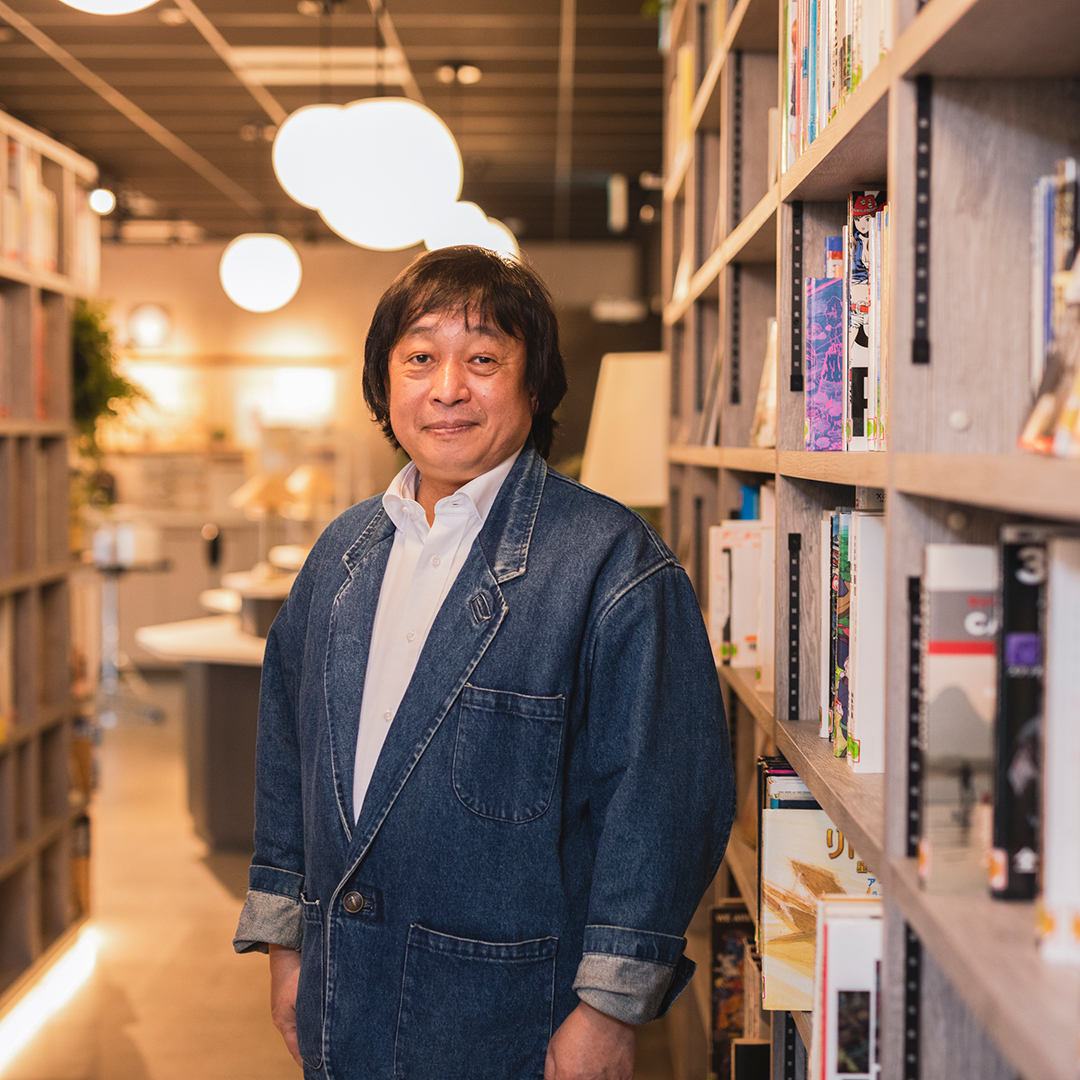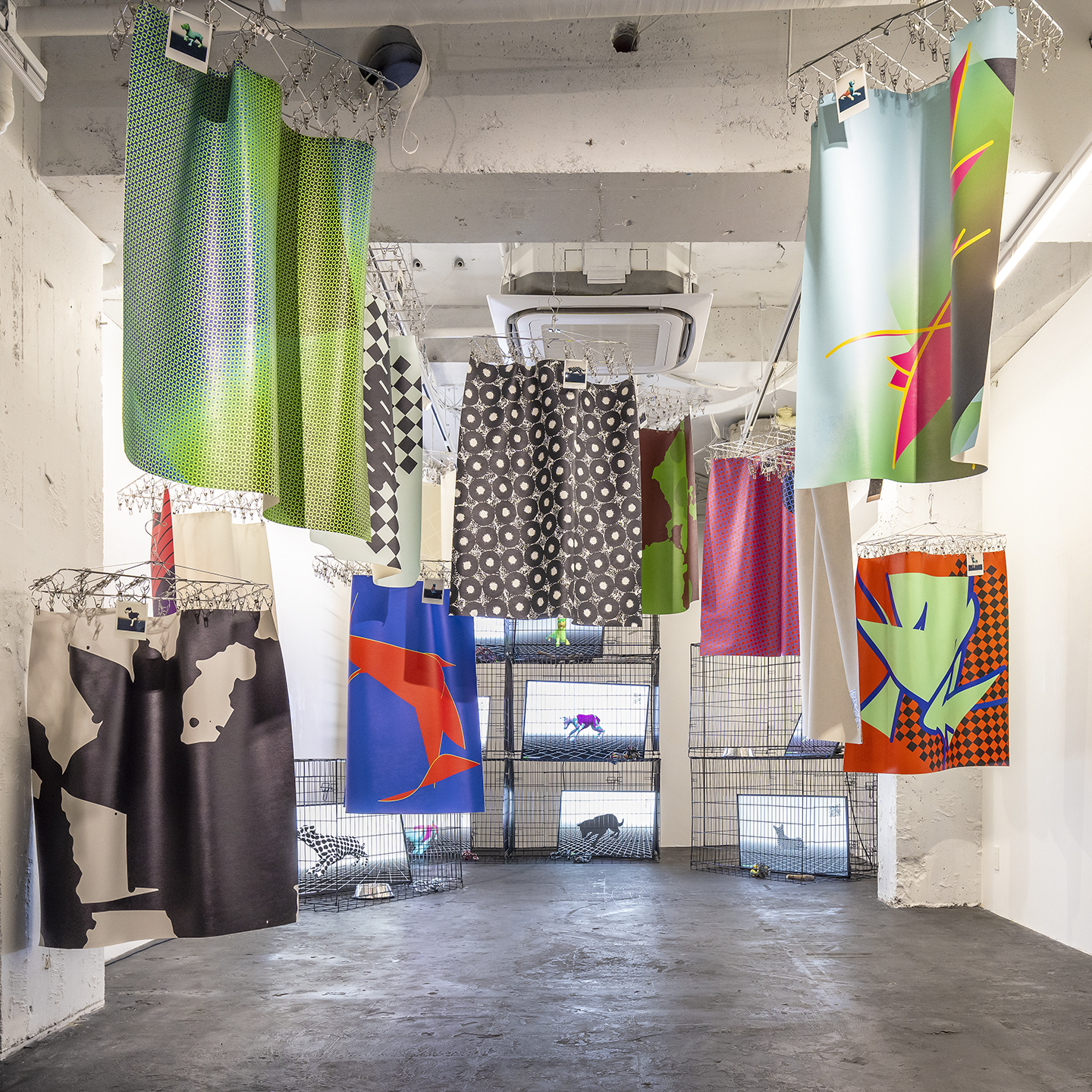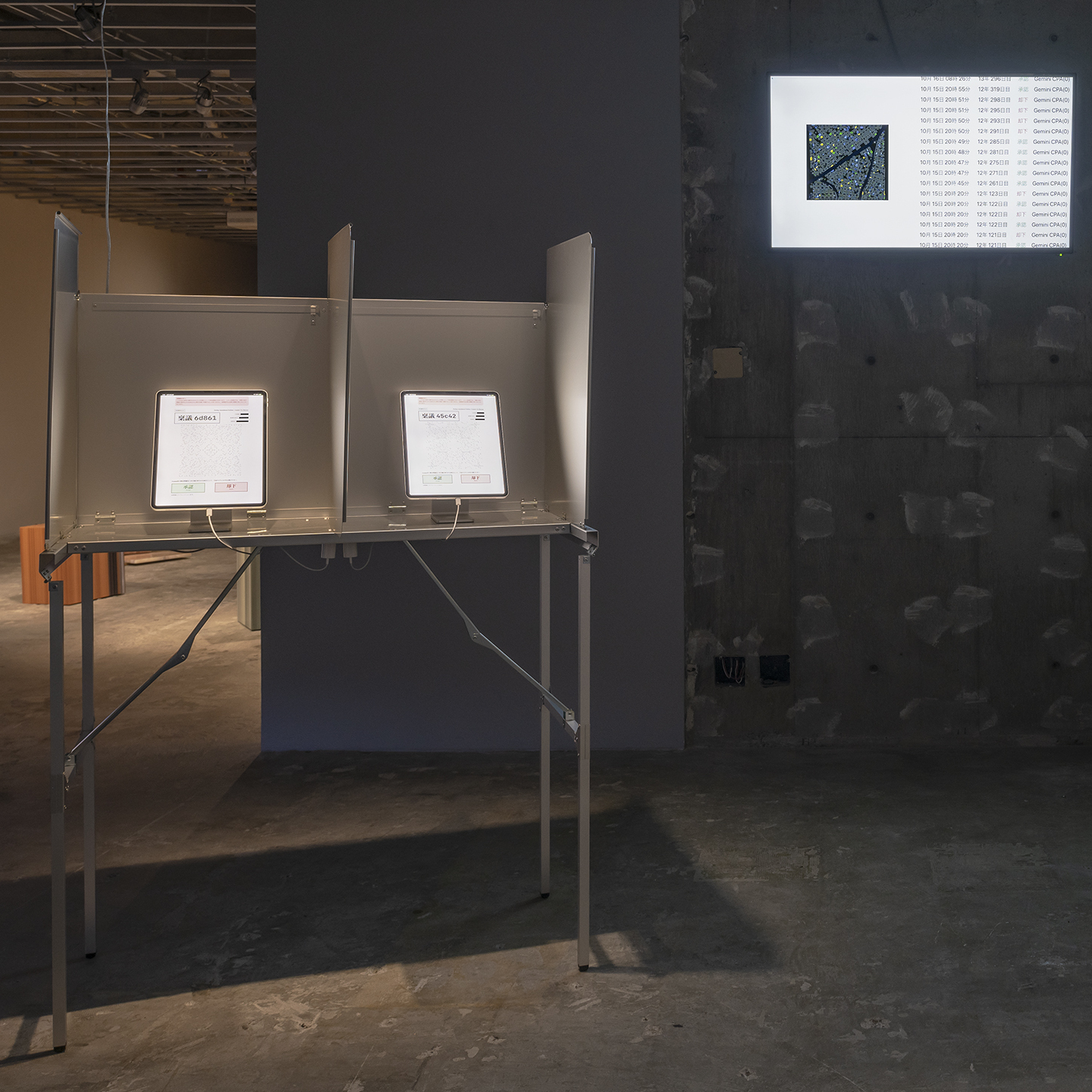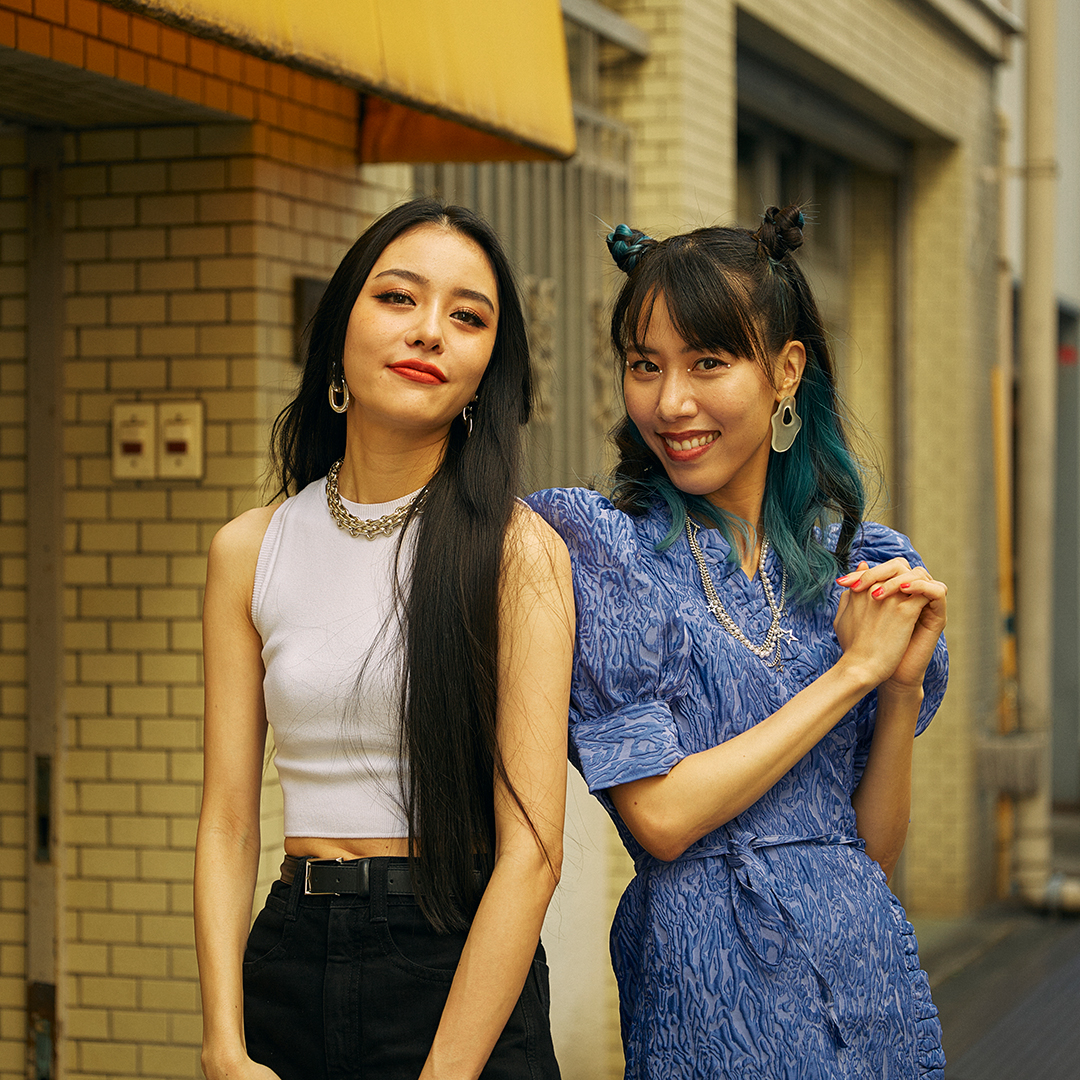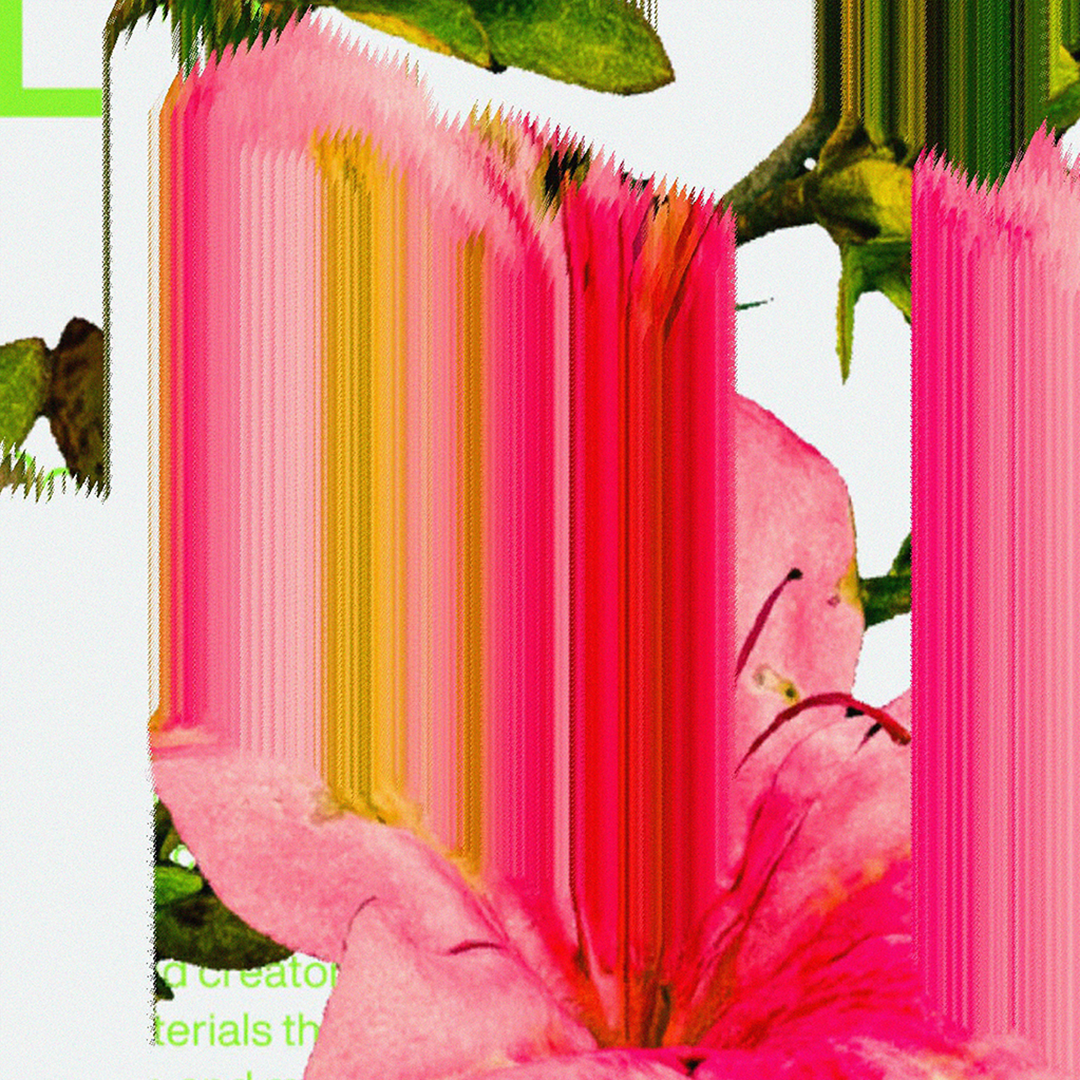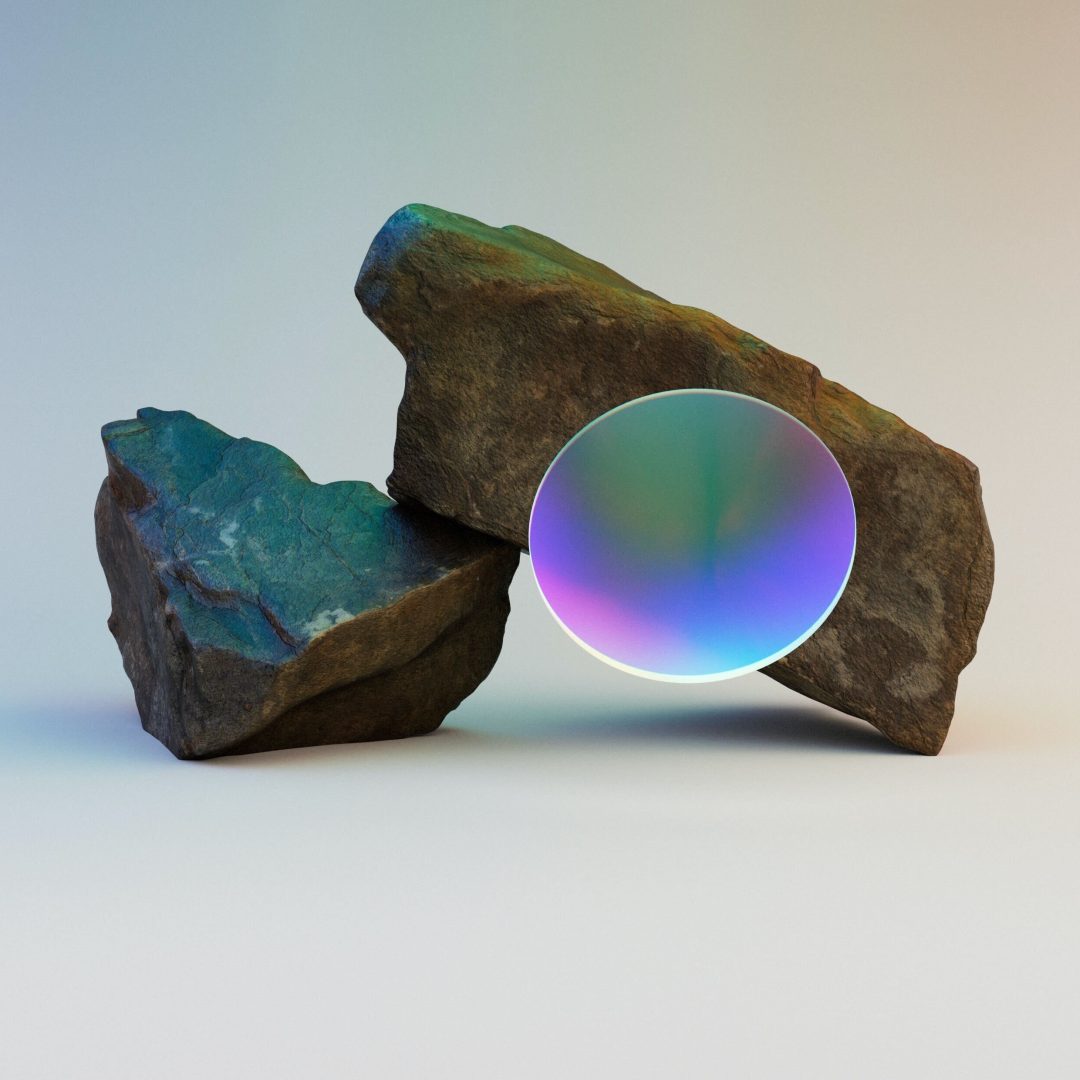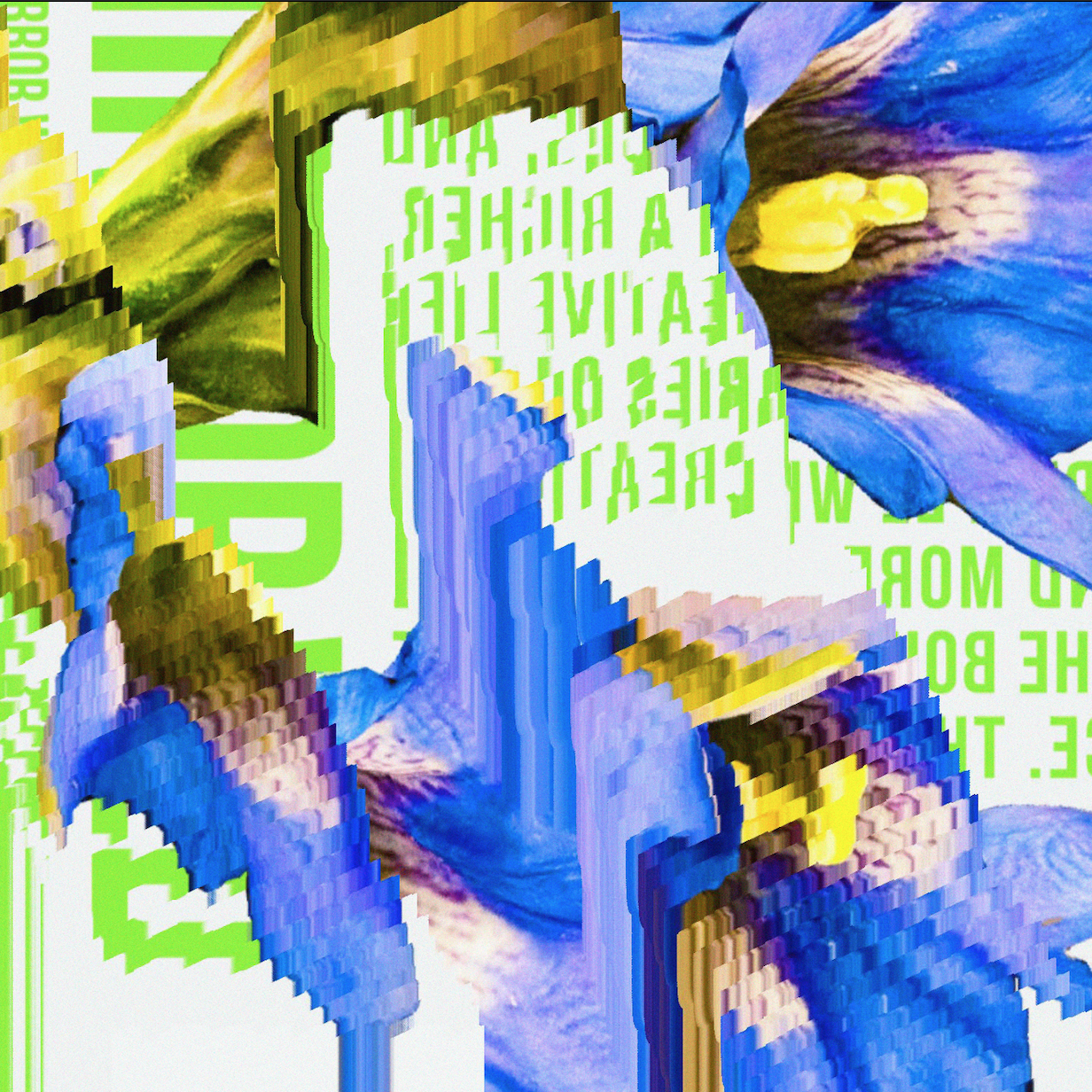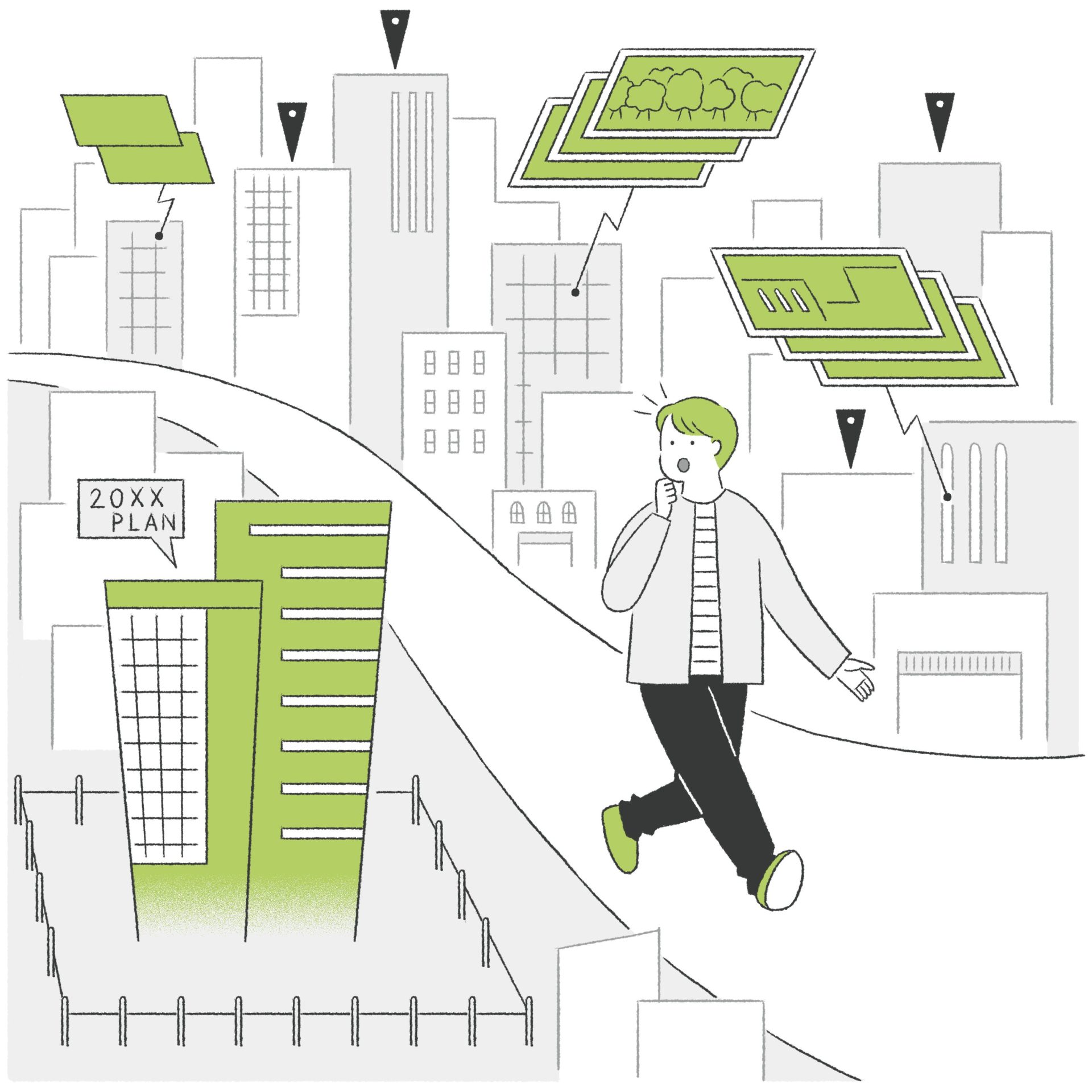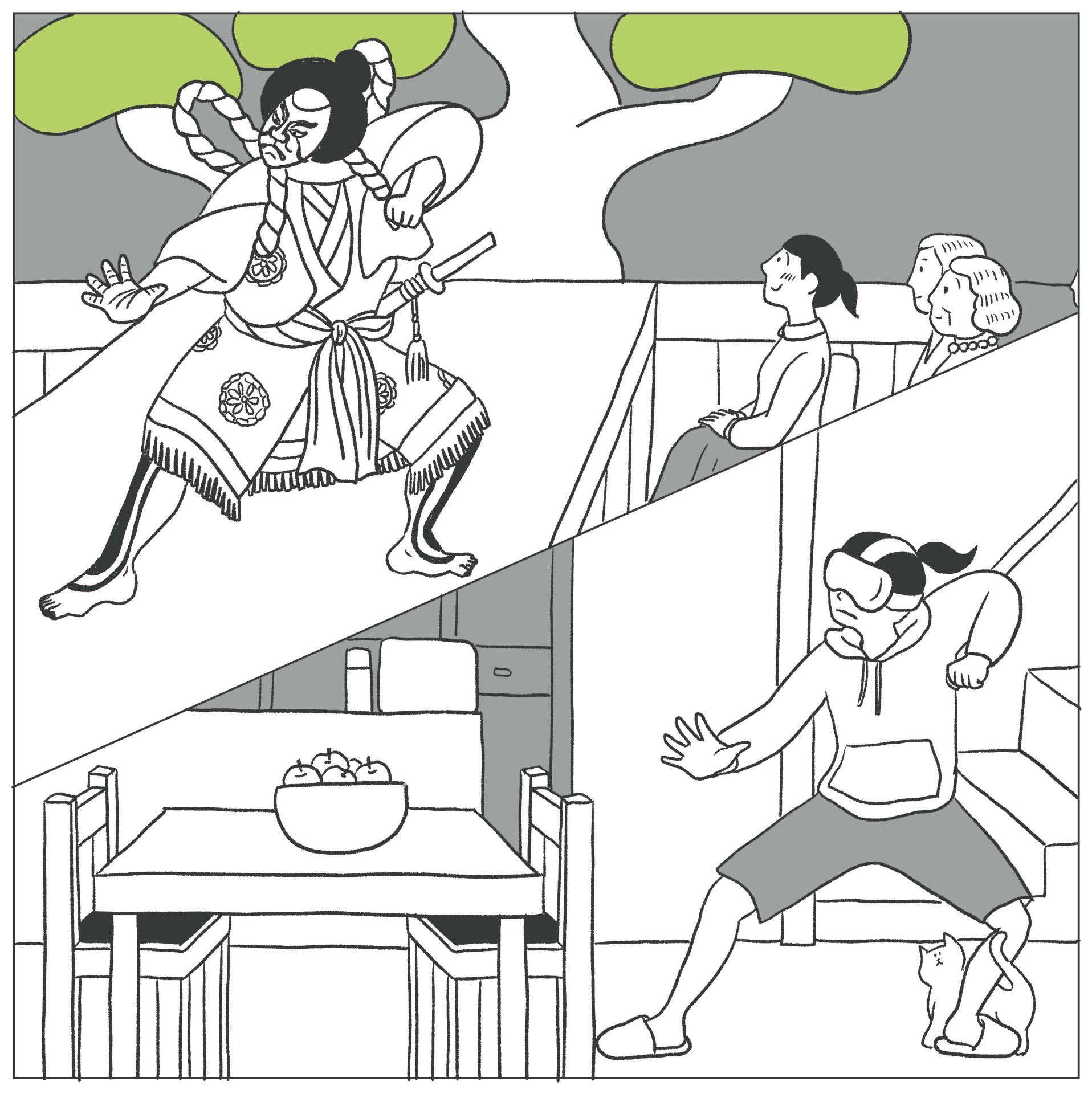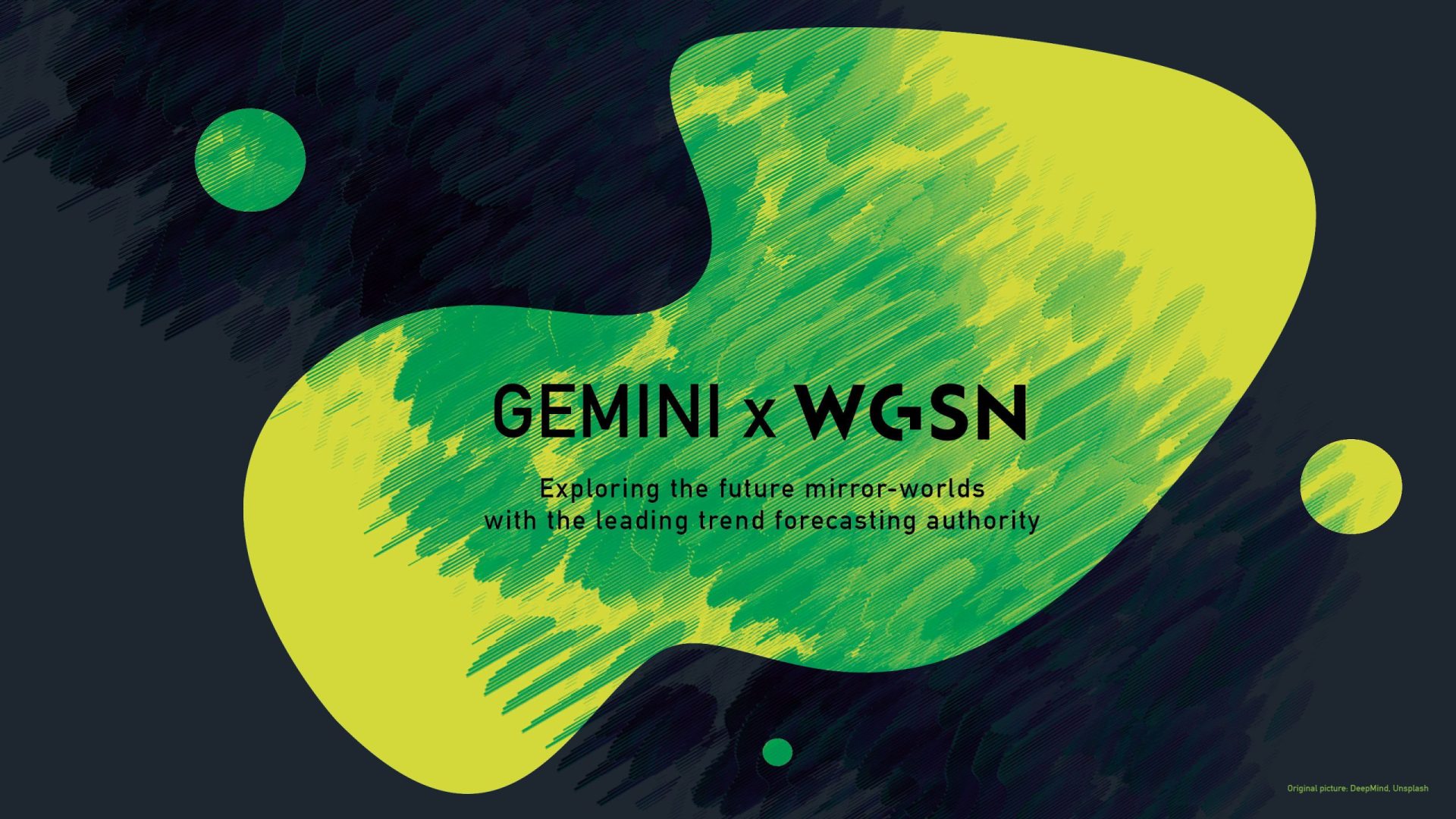The recent heat wave and torrential rains in Japan have led to a renewed awareness of the problem of global warming. In this context, “passive design,” an architectural technique that incorporates natural energy into buildings, has attracted attention. Passive design is said to reduce the burden on the global environment and lead to lower daily energy costs, but how exactly will it change our lifestyles and architecture?
This article explains under the supervision of Professor Naoshi Kaneko of the Department of Architecture at Chiba Institute of Technology, who has been researching passive design for many years.
What is Passive Design? Green Architecture That Harnesses the Power of Nature
What is Passive Design?
Passive design is a “passive” architectural design technique that minimizes dependence on mechanical equipment such as air conditioning and creates a comfortable indoor environment by capturing natural energy such as sunlight, heat, and wind. Specifically, the following designs are applicable.
- Window layout to effectively capture sunlight and heat
- Natural wind ventilation system
- Seasonal solar control
- Optimization of building insulation
Origins of Passive Design and Its Development in Japan
The origins of passive design can be traced back to the United States, where research on the use of solar heat, called “passive solar,” was conducted in the early 20th century. American architect Frank Lloyd Wright, known as one of the “Three Masters of Modern Architecture,” also adopted passive design. Since then, it has spread from the U.S. to Europe, with Germany in particular conducting advanced research. This trend can be said to have laid the foundation for modern passive design.
Passive design was introduced to Japan around the same time, and Japan developed its own unique passive design adapted to a climate with four seasons. Germany, for example, inherited the use of solar heat, and designs focused mainly on winter as a cold-weather type, while in Japan the idea of how to live comfortably in the extremes of summer and winter using natural energy became widespread.
This architectural approach, which began in the U.S., was refined in Europe and Japan, and eventually came to be called “passive design” and has evolved into an architectural style that is widely adopted throughout the world.

Pros and Cons of Passive Design
A major advantage of passive design is that it can significantly reduce utility costs. The question is often asked, “How much can a passive house save on utility costs compared to a typical house?” According to Professor Kaneko, “Compared to previous generations of house, energy consumption can be reduced by as much as half.” This can be achieved by improving insulation and designing the house to incorporate natural energy.
For example, using plastic window sashes with high thermal insulation will reduce utility costs. Although the initial cost of implementing green building materials is high, more and more people are seeing it as an investment in a lifestyle that will not burden the global environment in the long run.
Six Important Keywords in Passive Design
In Japan, passive design performance differs between winter and summer. Here are detailed explanations of the key points for winter and summer, respectively.
Keywords for Winter
The following three performances are important for winter passive design.
1. Insulation and Airtightness
Improving the insulation and airtightness of a building is essential to keeping warm air inside. This prevents cold air from entering the building and efficiently maintains indoor temperatures.
2. Heat Collection
A measure to bring solar energy into a room. In particular, the ideal design should have large south-facing windows to allow winter sunlight to reach the rooms for a long period of time.
3. Heat Storage
To store solar heat efficiently, building materials with high heat storage properties, such as stone and brick, are effective. The heat stored during the day is retained throughout the night, keeping the interior warm.
Keywords for Summer
Passive design in summer requires the following three types of performance.
4. Draft, Ventilation and Heat Exhaust
To cope with Japan’s hot and humid climate, designs must effectively exhaust indoor heat and humidity through drafts and ventilation. It is also important to find ways to effectively avoid high humidity.
5. Solar Heat Control
Eaves and awnings are used to block solar radiation and prevent buildings from absorbing heat. Eaves, a feature of Japanese architecture, are useful in this design.
6. Cooling Storage
When the temperature drops at night, ventilation is used to bring cool air into the room and store the cool air. This is expected to have the effect of reducing heat during the day.
Japanese and Foreign Architecture with Passive Design
Chochikukyo (Residence) (Koji Fujii)
Chochikukyo, a representative passive design building in Kyoto, was designed by architect Koji Fujii in 1928 and is currently managed by Takenaka Corporation. It is considered one of the most famous of the five residences Mr. Fujii built during his lifetime, and offers a glimpse of passive design thinking that is still relevant today.
A distinctive design element of the Chochikukyo is the three-layered upper, middle, and lower glass horizontal wide windows facing the garden. A grate on the bottom window allows natural ventilation at night while providing security. This ingenuity allows cool breezes to enter the house at night without relying on air conditioning in summer, and gains solar radiation in winter, making this passive design ideal for the Japanese climate.
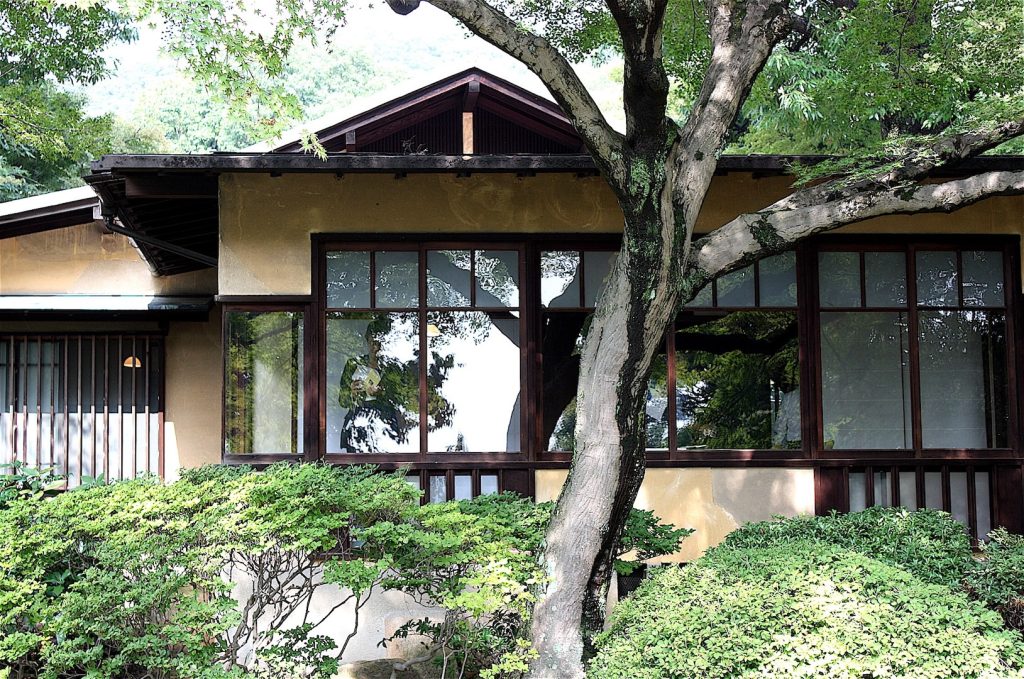
Villa Le Lac・Petite Maison on Lake Geneva (Le Corbusier)
One of the “Three Masters of Modern Architecture,” Le Corbusier’s “Villa Le Lac・Petite Maison on Lake Geneva” in Switzerland is another example of architecture that embraces the idea of passive design. Le Corbusier’s “Five Principles of Modern Architecture”–pilotis, free plan, free elevation, horizontal continuous windows, and rooftop garden–also overlap with the principles of passive design.
The rooftop garden is a unique feature of this Little House. The incorporation of soil and grass enhances thermal insulation and creates a living environment that utilizes natural energy through light and wind from the horizontal continuous windows.
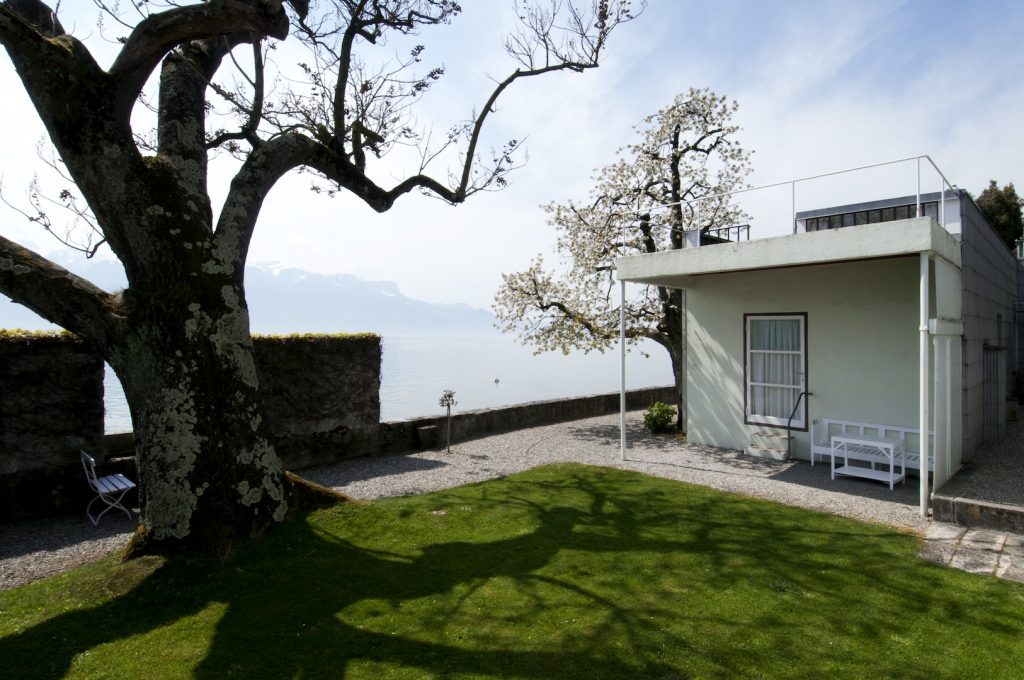
Design Methods Related to Passive Design
Passive design, which is a passive method of creating comfortable spaces by accepting natural energy, has been explained so far. In contrast, there is another architectural method called “active design,” which actively incorporates the latest technology and equipment to create comfortable spaces. This method uses artificial energy to maintain comfort.
What is Active Design?
The difference between passive design and active design can be easily understood by contrasting “sailboats” and “water bikes”.
Sailboats are not powered and require the ability to read the wind, which is similar to passive design. On the other hand, a water bike uses artificial energy, but is equivalent to an active design that can reach its destination in a short time.
Both can reach their destination comfortably, but the quality of comfort is different, and the design must combine the advantages of the two conflicting aspects.
What is Passive and Responsive Design?
Here we would like to go one step further and introduce Professor Kaneko’s research topic, “Passive and Responsive Design”.
Passive and responsive design is a concept that emphasizes a two-way relationship between the environment and the people who live in it, incorporating both “passive” design, which accepts natural energy and local resources, and “responsive” elements, in which architecture responds to people’s actions.
Architecture does not exist on its own; it only demonstrates its value when it is integrated into our living environment. Receiving “nature” through our physical senses and acting (responding) according to its energy is a new value in architecture.
For example, the casual behavior of opening windows when it is hot and closing them when it is cold, and the architectural design that makes this possible, are a symbolic example of passive and responsive design.
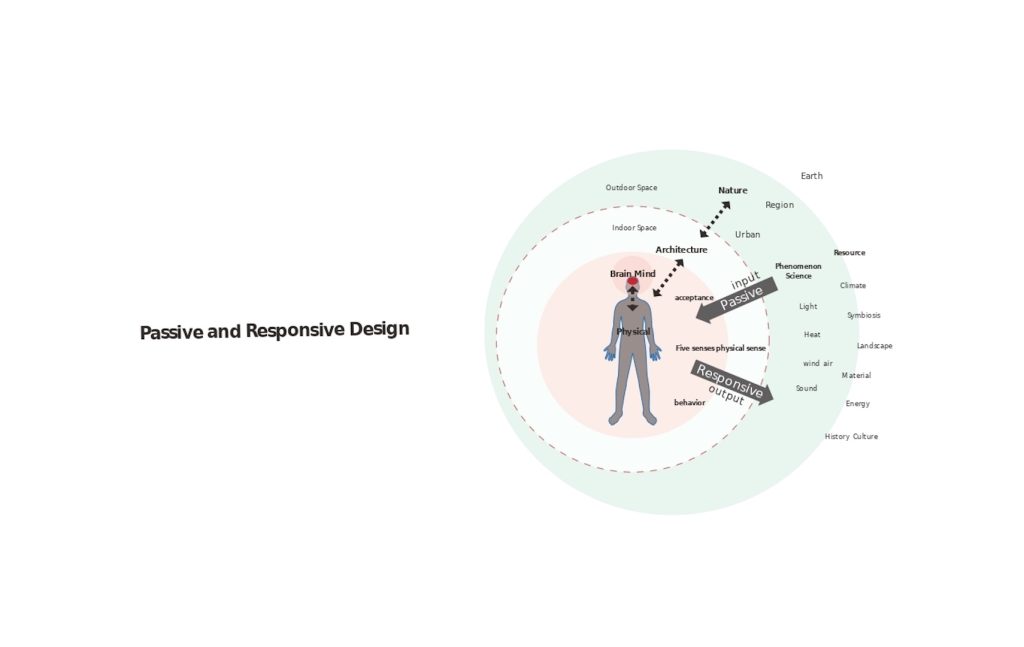
Responsiveness and Local Landscape Considerations
Responsive design also includes aspects of the architecture itself that are responsive to the community and the environment. For example, when installing solar panels, choosing a design that harmonizes with the aesthetics of the surrounding area, rather than focusing solely on power generation efficiency and spoiling the landscape, is one such example.
According to Professor Kaneko, the underlying principle of passive design is “to reduce the burden on the global environment and to exist as a building for a long time”. A building that is loved for a long time will ultimately lead to a reduction in environmental impact. Buildings that are efficient but spoil the local landscape will not be loved in the long run and may end up being repeatedly scrapped and rebuilt.
In addition, passive and responsive design can be seen as an energy that embraces local culture and history. By interpreting them scientifically and applying them to architecture, sustainable housing can be realized. This is what Professor Kaneko envisions for the future, where the environment, people, community, and architecture are in harmony.
The Future and Ideal Vision of Passive Design
To further promote passive design, it is important to incorporate this concept throughout a community or city. Finally, here are three projects that embody this ideal.
“BedZED” (London, UK)
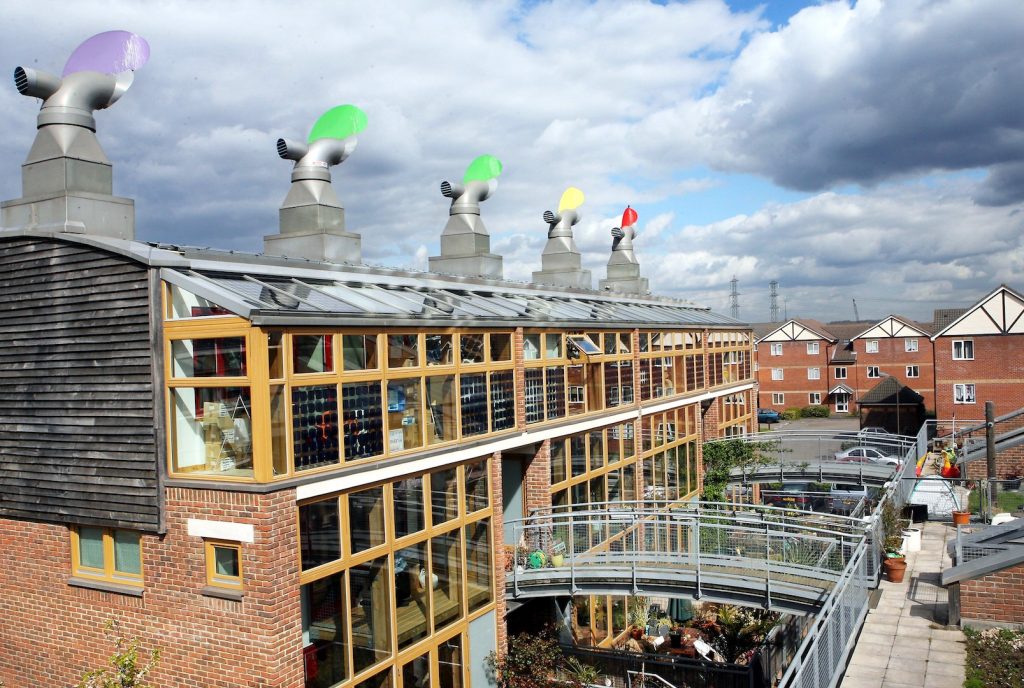
BedZED (Beddington Zero Energy Development) is an environmentally conscious multiple dwelling development in the UK. It uses renewable energy and recycled materials for construction. Energy consumption is reduced through designs that maximize solar gain and improved insulation. In addition, natural ventilation and rainwater harvesting were introduced to successfully achieve both comfort and sustainability in the living environment for the 82 units.
Masdar City (Masdar, United Arab Emirates)
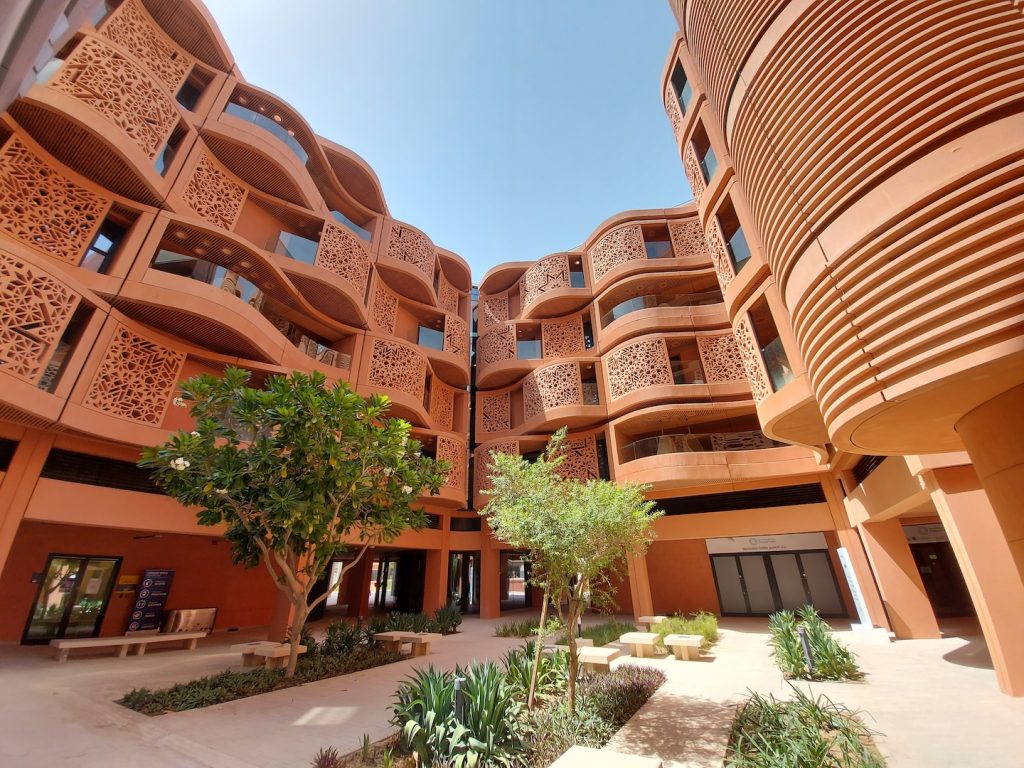
Masdar City, located in the United Arab Emirates, is an urban development that aims to be carbon neutral. It features a design that applies traditional Arabic architectural techniques, shading from the sun and harnessing wind currents. The project is currently being implemented to promote pedestrian-oriented urban planning and the use of renewable energy to create a futuristic and sustainable lifestyle. It is scheduled for completion in 2030.
EDEN Project (Singapore)
The EDEN Project is a high-rise residential building in Singapore with an attractive design that emphasizes symbiosis with nature. The exterior walls are planted with greenery and natural ventilation is used throughout the building. The design is adapted to the tropical climate while enhancing energy efficiency. It is an innovative project that offers a sustainable lifestyle in the heart of the city.
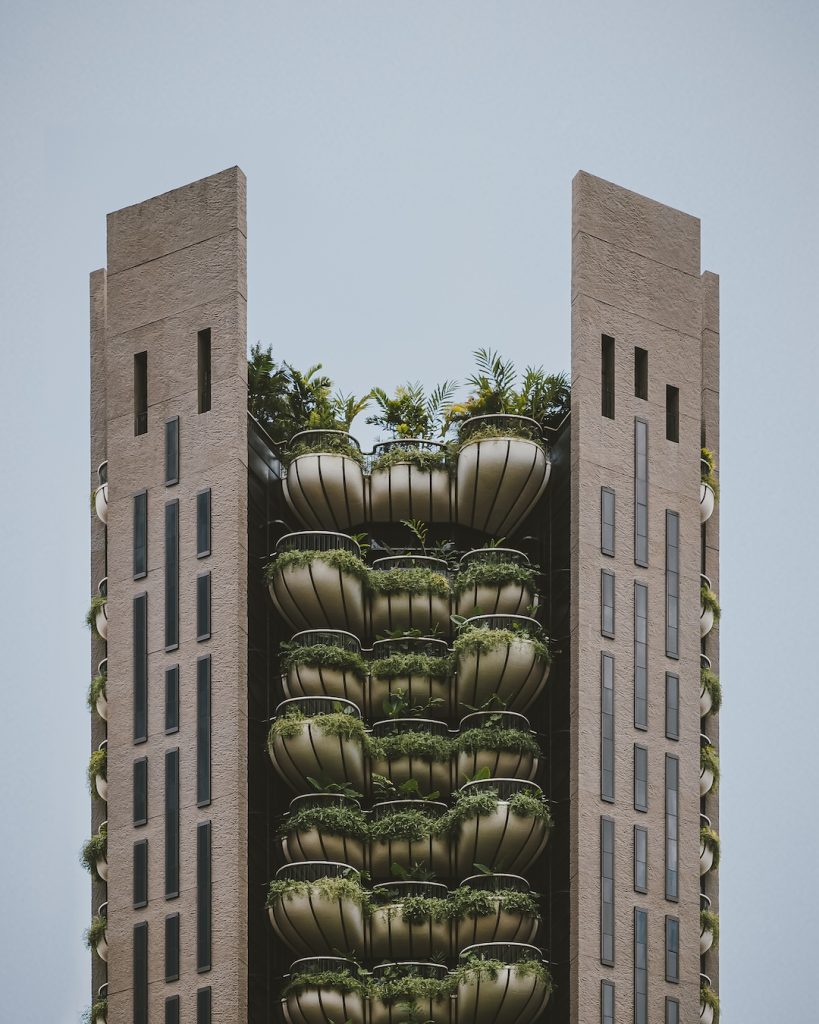
Passive design allows buildings and entire cities to coexist with their respective local natural environments and use energy efficiently, enabling sustainable lifestyles with low environmental impact. Perhaps passive design is truly an ideal vision of future architecture and lifestyles.
Guest Profile
-

Naoshi Kaneko
Professor of Architecture, Chiba Institute of Technology, Architect
Naoshi Kaneko
Professor of Architecture, Chiba Institute of Technology, Architect
Ph.D. from Tokyo Metropolitan University, Graduate School of Urban and Environmental Sciences. Doctor of Engineering. His research and design interests include architecture that opens a responsive relationship between the environment, technology, and the body; passive and bioclimatic design that reflects environmental elements in architectural design; and architecture and cities that aim to create a sustainable society. Published “Architectural Environmental Studies for Design: Finding and Creating Bioclimatic Design” (Shokokusha, co-author). Received the Good Design Award, Kids Design Award, and BCS Prize (PASSIVETOWN, 1st Block, 2020), etc.
- KANEKO Laboratory: http://www.cit-architecture.jp/index.html?page=lab.KanekoNaoshi
Co-created by
-
Yohei Amagasaki
Editor and Writer
Yohei Amagasaki
Editor and Writer
Began his career as an editor at an automotive magazine after graduating from college. After working for several men’s lifestyle magazines, he became a web editor and after more than 10 years of experience as web media editor-in-chief, he joined a real estate company’s new owned media business. Currently, working as an editorial writer on a wide range of content from SEO articles to videos.
Tag
Share
Discussion
Index
Index
Archives
Recommend
Recommend
Recommend
Recommend
Recommend
-

{ Community }
Revolutionising Fashion in the Mirror World with The Fabricant
Revolutionising Fashion in the Mirror World with The Fabricant
Revolutionising Fashion in the Mirror World with The Fabricant
-

{ Special }
Memo Space Database of People’s Memories
Memo Space Database of People’s Memories
Memo Space Database of People’s Memories
-

{ Special }
Experiencing Traditions
Experiencing Traditions
Experiencing Traditions
-

{ Community }
The world of digital art as seen by top Taiwanese designer Aaron Nieh.
The world of digital art as seen by top Taiwanese designer Aaron Nieh.
The world of digital art as seen by top Taiwanese designer Aaron Nieh.
Hot topics
Hot topics
Hot topics
Hot topics
Hot topics
-

{ Community }
Scent Transcends Memory to Change Behavior. The Future of Digital x Olfaction, by Scent Marketing Pro Gouchi Hamada
Scent Transcends Memory to Change Behavior. The Future of Digital x Olfaction, by Scent Marketing Pro Gouchi Hamada
Scent Transcends Memory to Change Behavior. The Future of Digital x Olfaction, by Scent Marketing Pro Gouchi Hamada
-

{ Community }
The stage is a restroom designed by Tadao Ando. Possibilities of media mix that GEMINI pioneers.
The stage is a restroom designed by Tadao Ando. Possibilities of media mix that GEMINI pioneers.
The stage is a restroom designed by Tadao Ando. Possibilities of media mix that GEMINI pioneers.
-

{ Community }
“Conveying the Moment of ‘Now’ in History: Catalan Artist Xavi Bové’s Light Expressions”
“Conveying the Moment of ‘Now’ in History: Catalan Artist Xavi Bové’s Light Expressions”
“Conveying the Moment of ‘Now’ in History: Catalan Artist Xavi Bové’s Light Expressions”
-

{ Community }
“Designing with Heart: How Amanda Talbot is shaping a better future through emotionally intelligent AI”
“Designing with Heart: How Amanda Talbot is shaping a better future through emotionally intelligent AI”
“Designing with Heart: How Amanda Talbot is shaping a better future through emotionally intelligent AI”
-

{ Community }
Unearthing the Future: How ancient history can guide modern innovation with Darius Arya
Unearthing the Future: How ancient history can guide modern innovation with Darius Arya
Unearthing the Future: How ancient history can guide modern innovation with Darius Arya
-

{ Community }
Interview with Masayoshi Yokoyama from Ryu Ga Gotoku Studio. Talks about reality in games and the future of the industry
Interview with Masayoshi Yokoyama from Ryu Ga Gotoku Studio. Talks about reality in games and the future of the industry
Interview with Masayoshi Yokoyama from Ryu Ga Gotoku Studio. Talks about reality in games and the future of the industry
-

{ Community }
The new form of pilgrimage. What is the border of real and fictional worlds that Petra Szemán pictures?
The new form of pilgrimage. What is the border of real and fictional worlds that Petra Szemán pictures?
The new form of pilgrimage. What is the border of real and fictional worlds that Petra Szemán pictures?
Special
Special
Special
Special
Special
Featured articles spun from unique perspectives.
What Is
“mirror world”...
What Is
“mirror world”...
What Is
“mirror world”...
What Is
“mirror world”...
What Is
“mirror world”...
“mirror world”... What Is
“mirror world”... What Is
“mirror world”... What Is
“mirror world”... What Is
“mirror world”...
Go Down
Go Down
Go Down
Go Down
Go Down
The Rabbit
The Rabbit
The Rabbit
The Rabbit
The Rabbit
Hole!
Hole!
Hole!
Hole!
Hole!
Welcome To Wonderland! Would You Like To Participate In PROJECT GEMINI?

